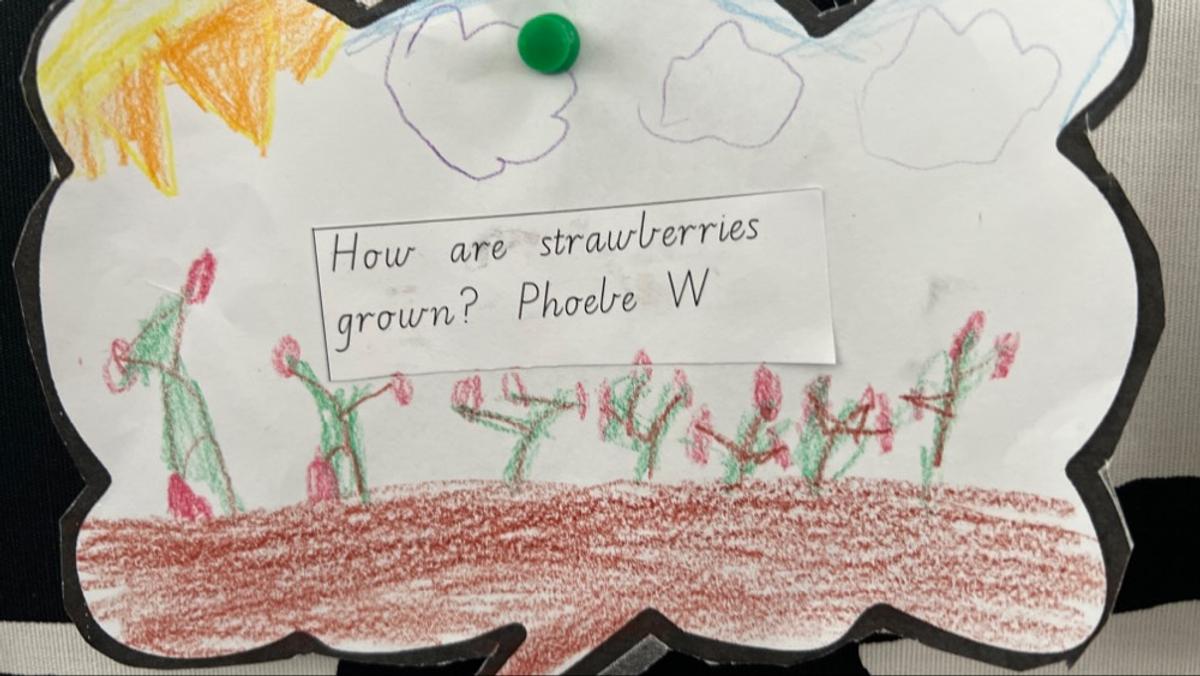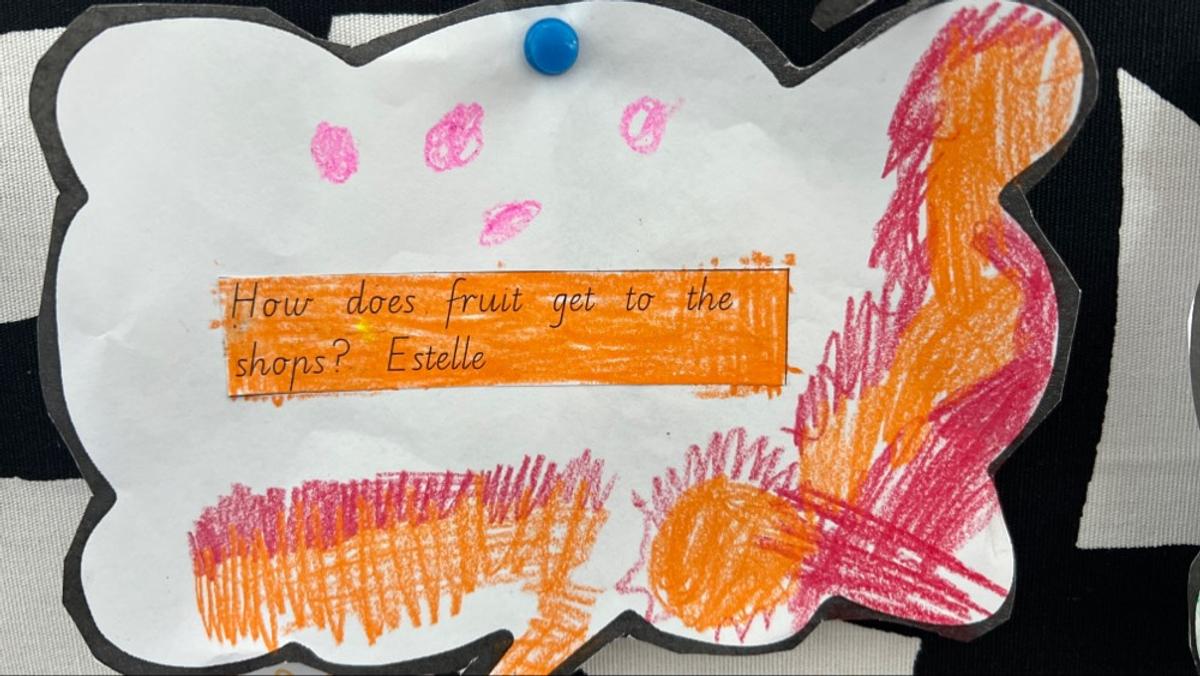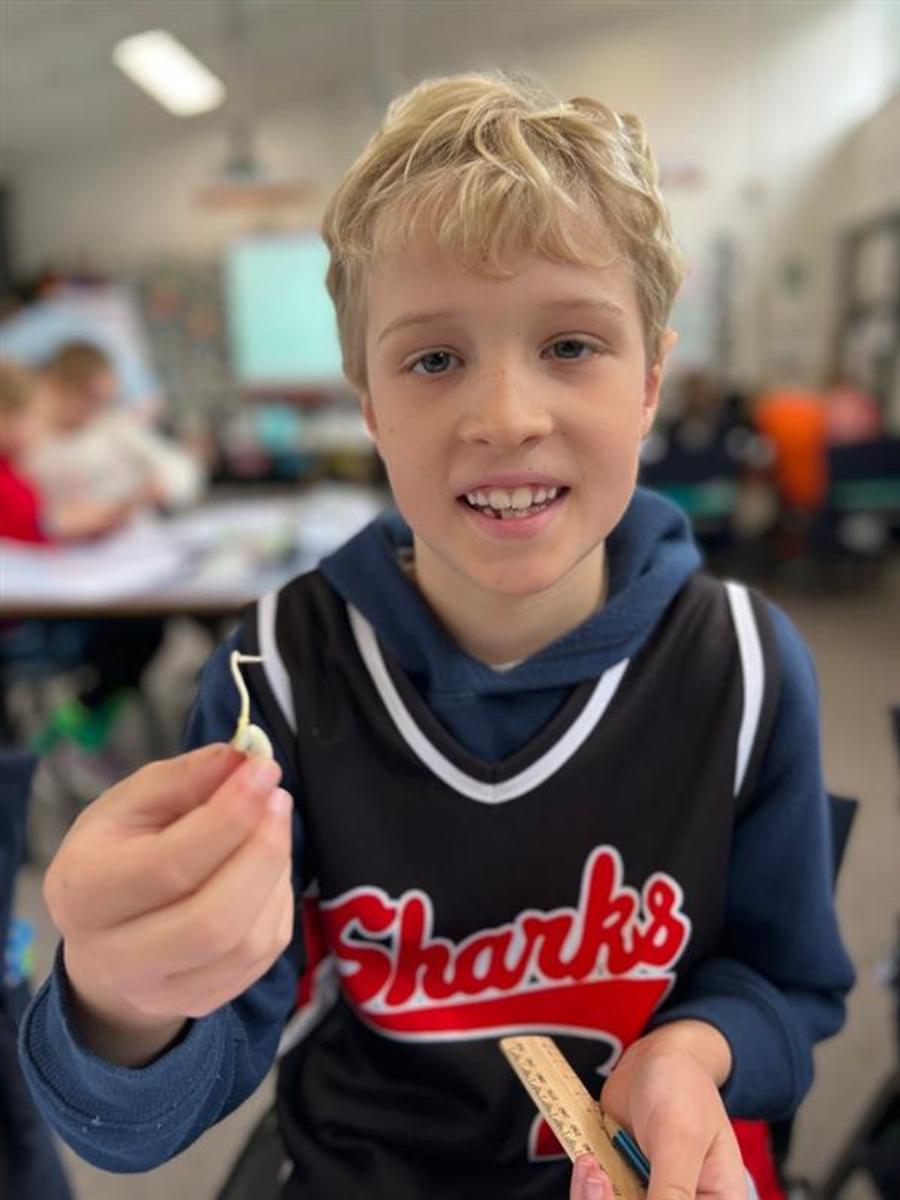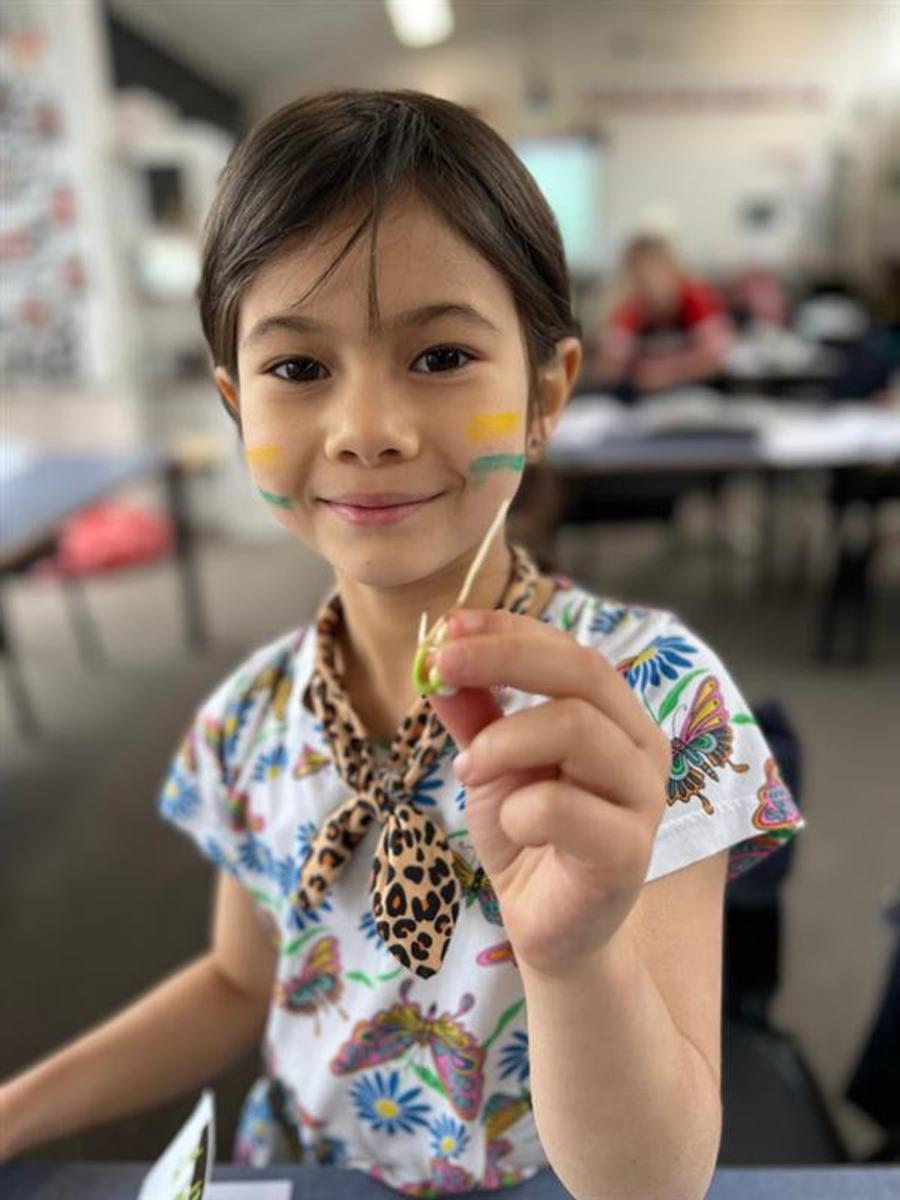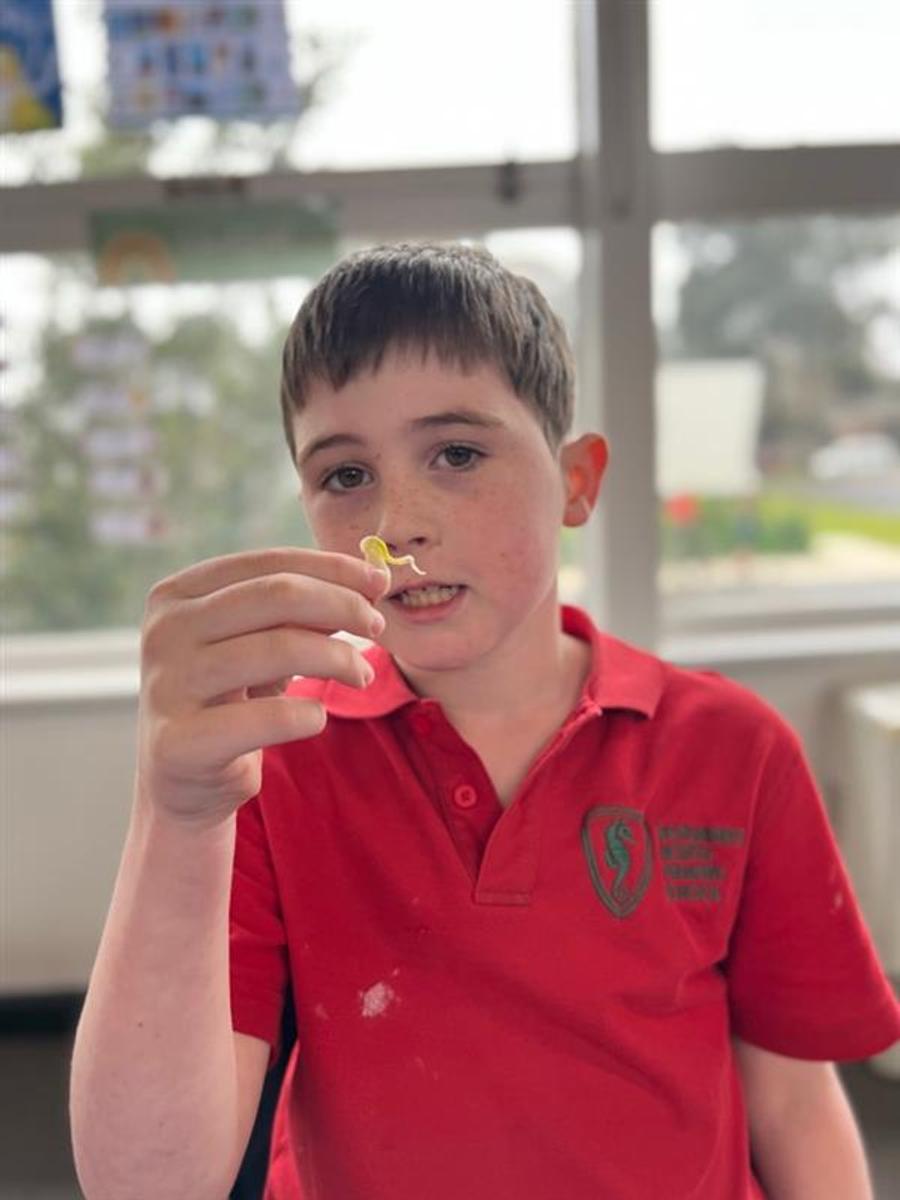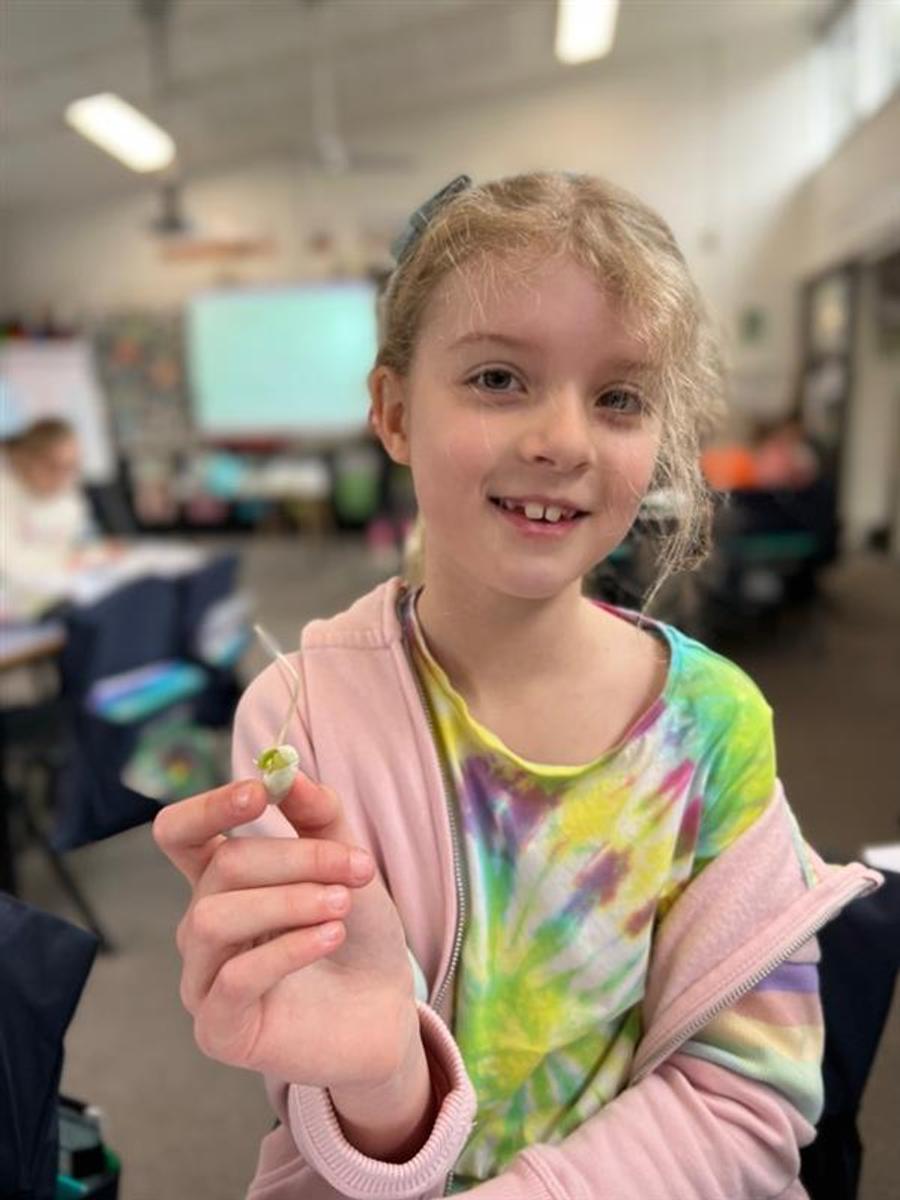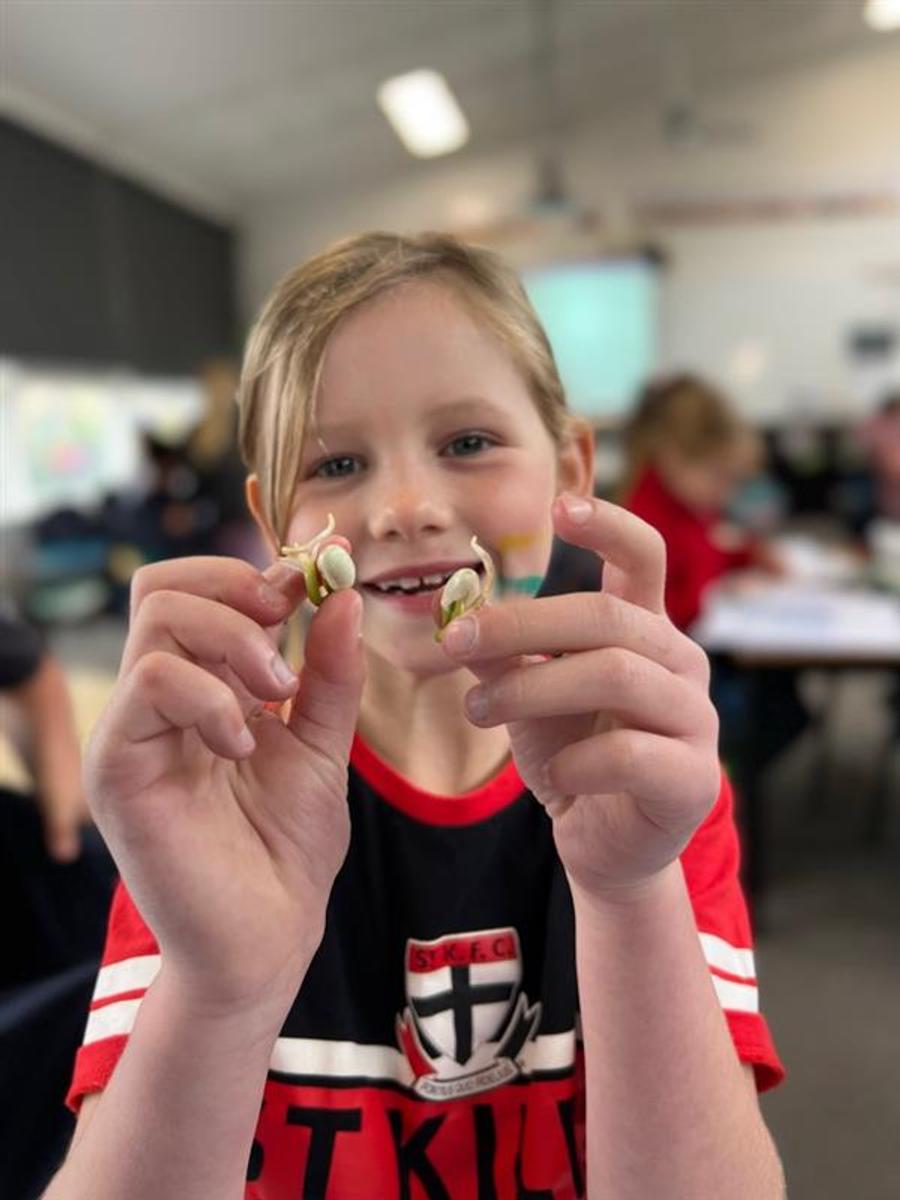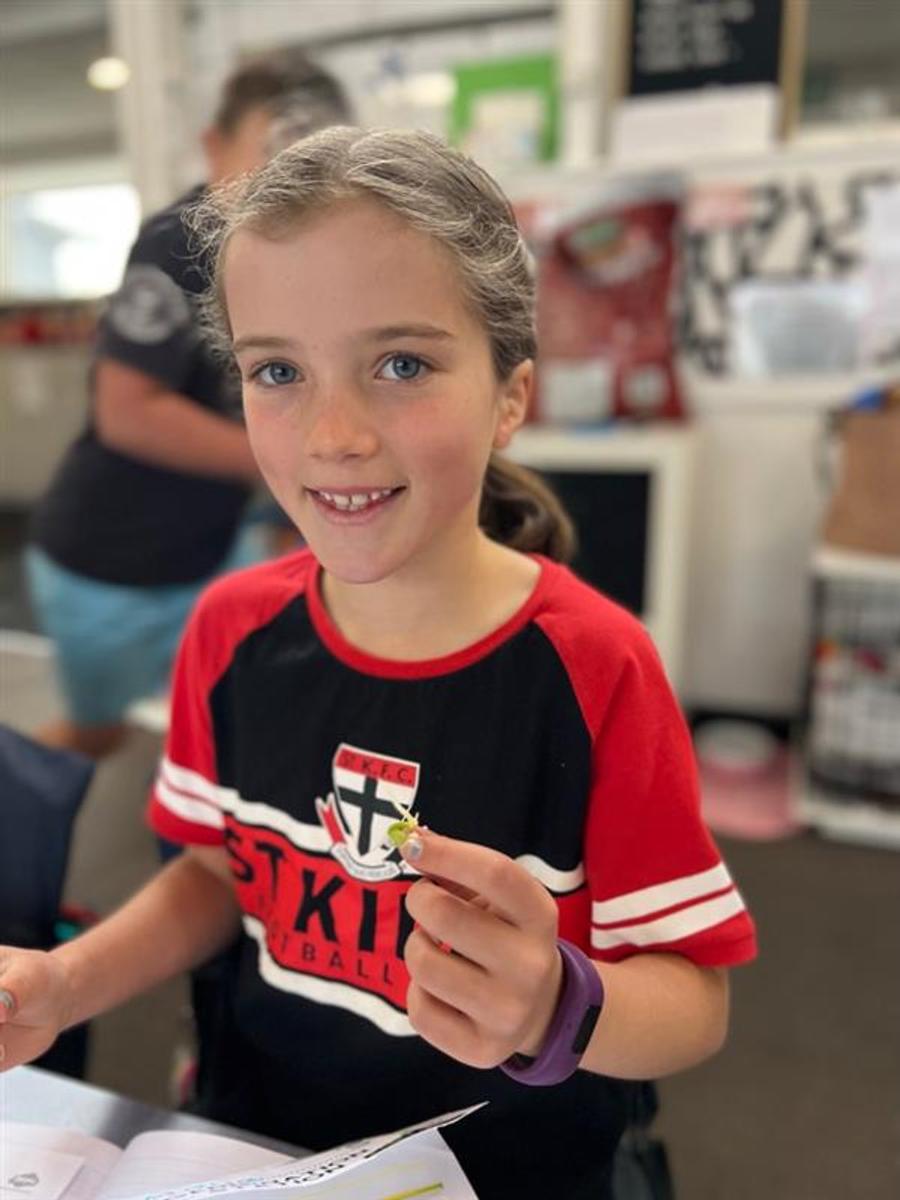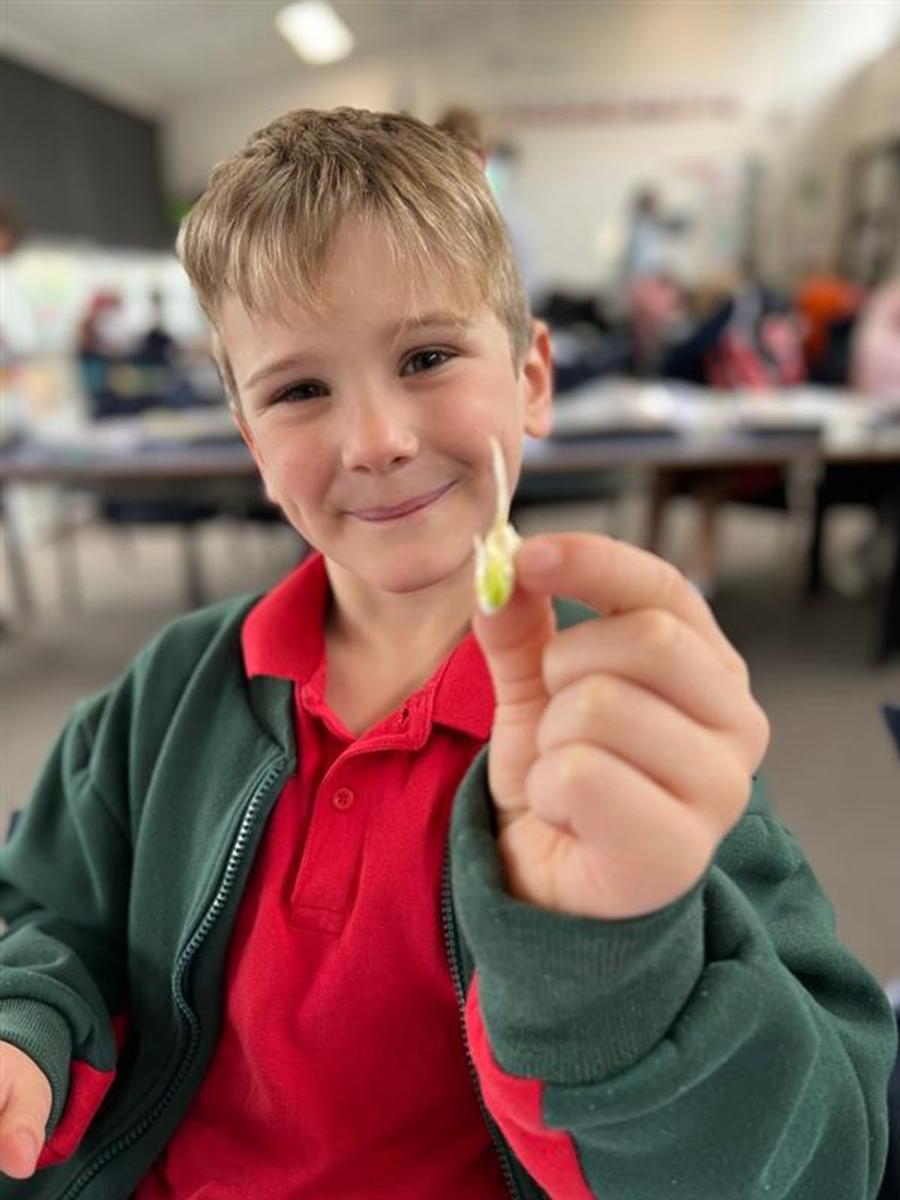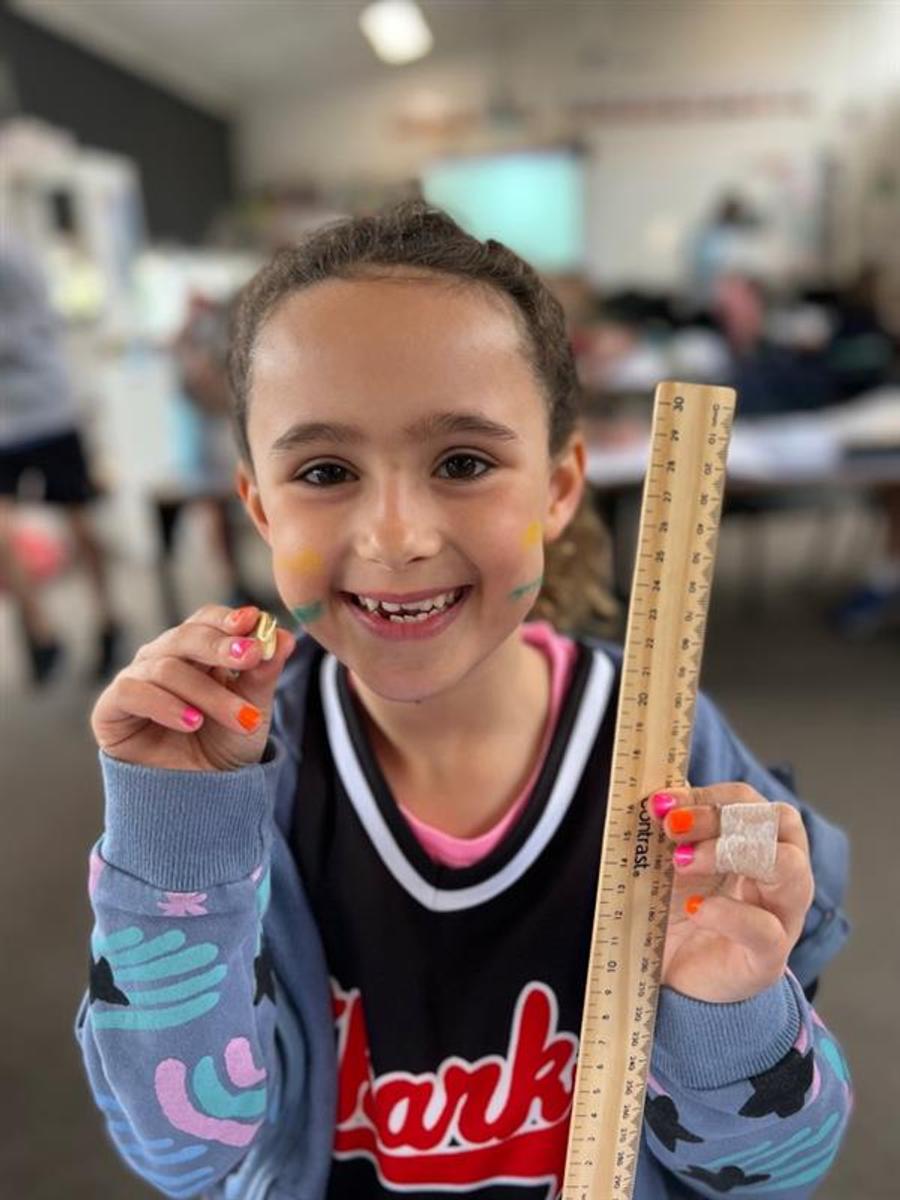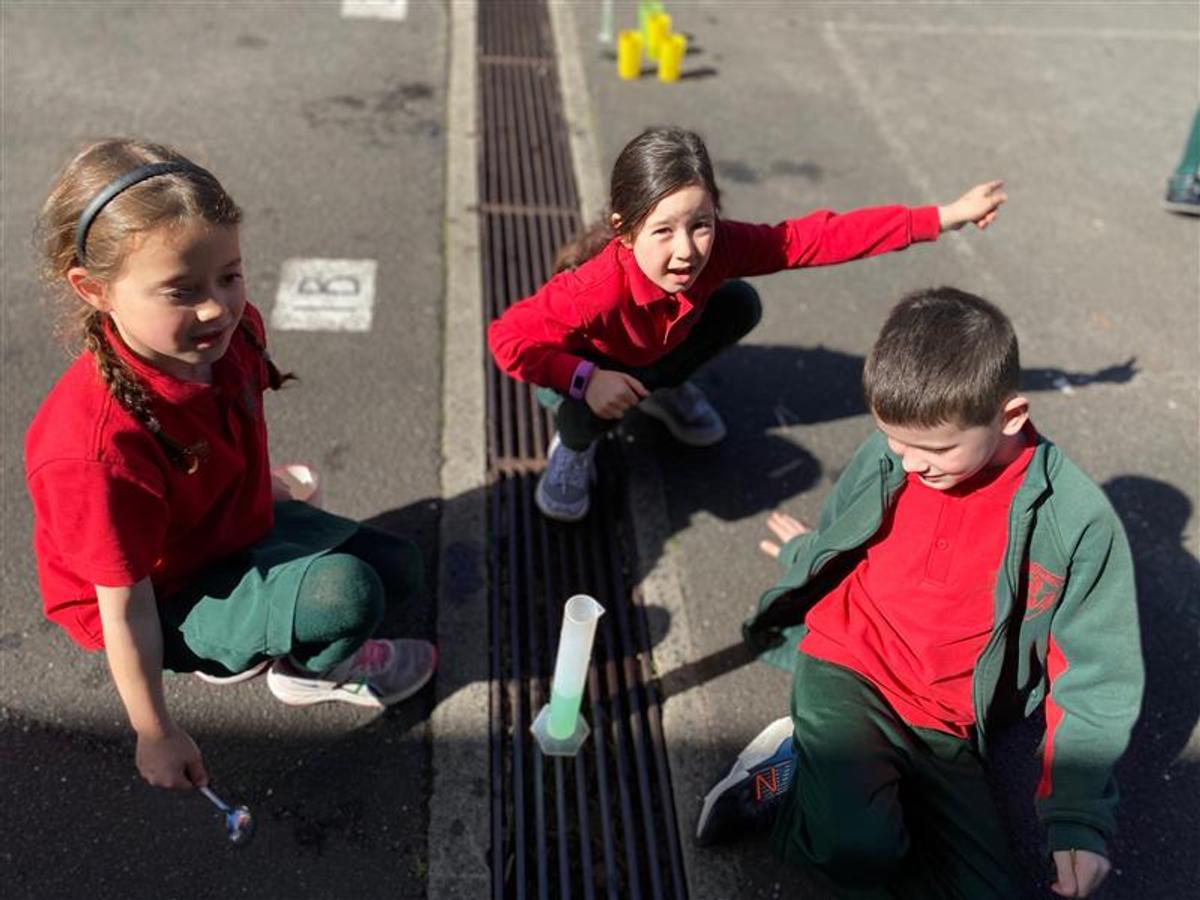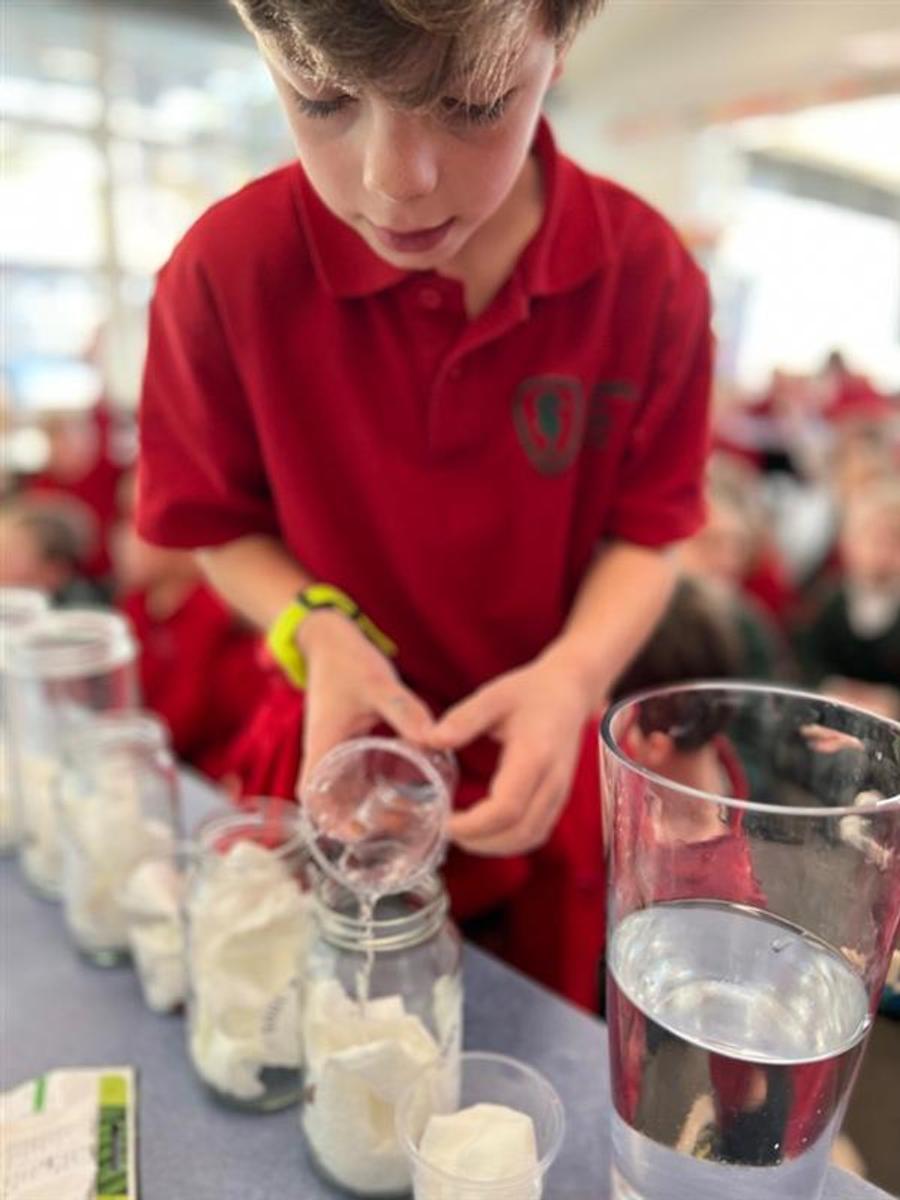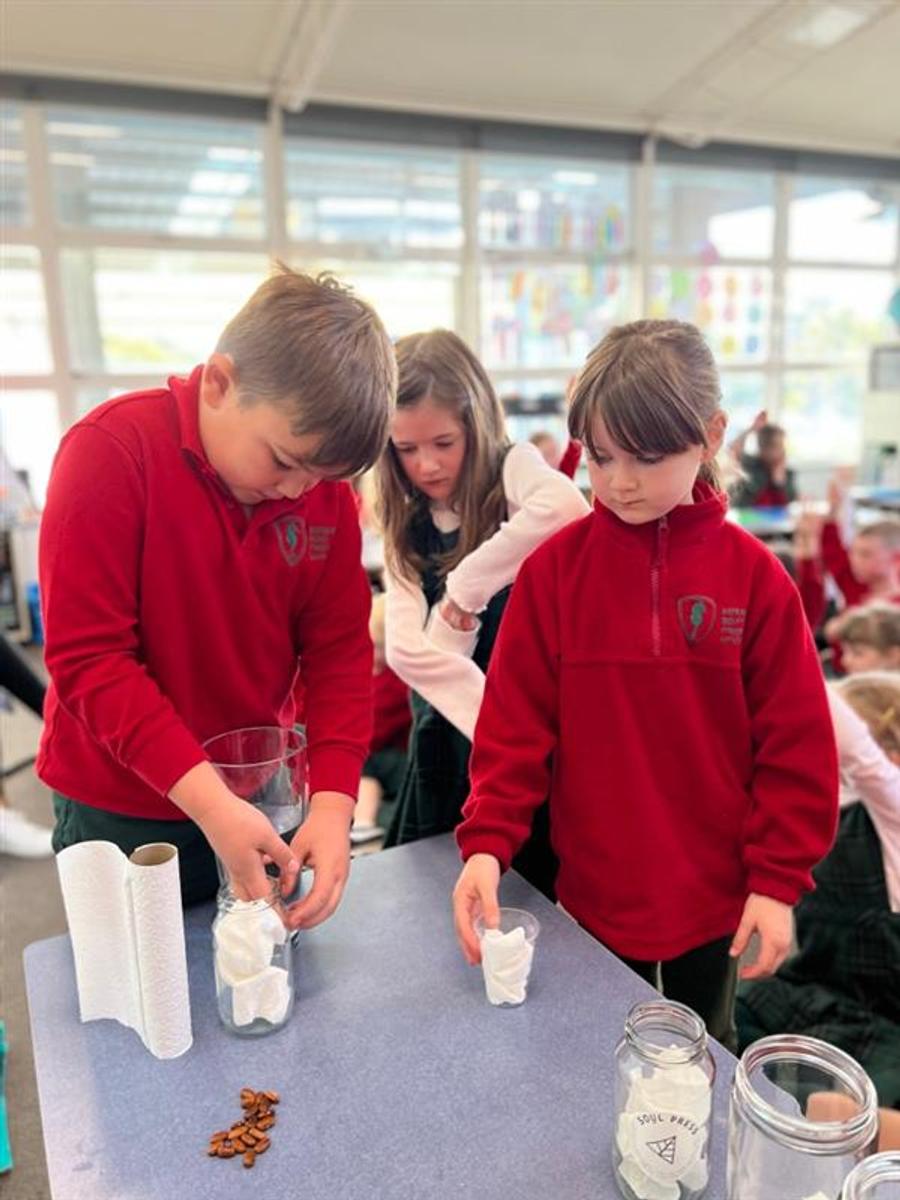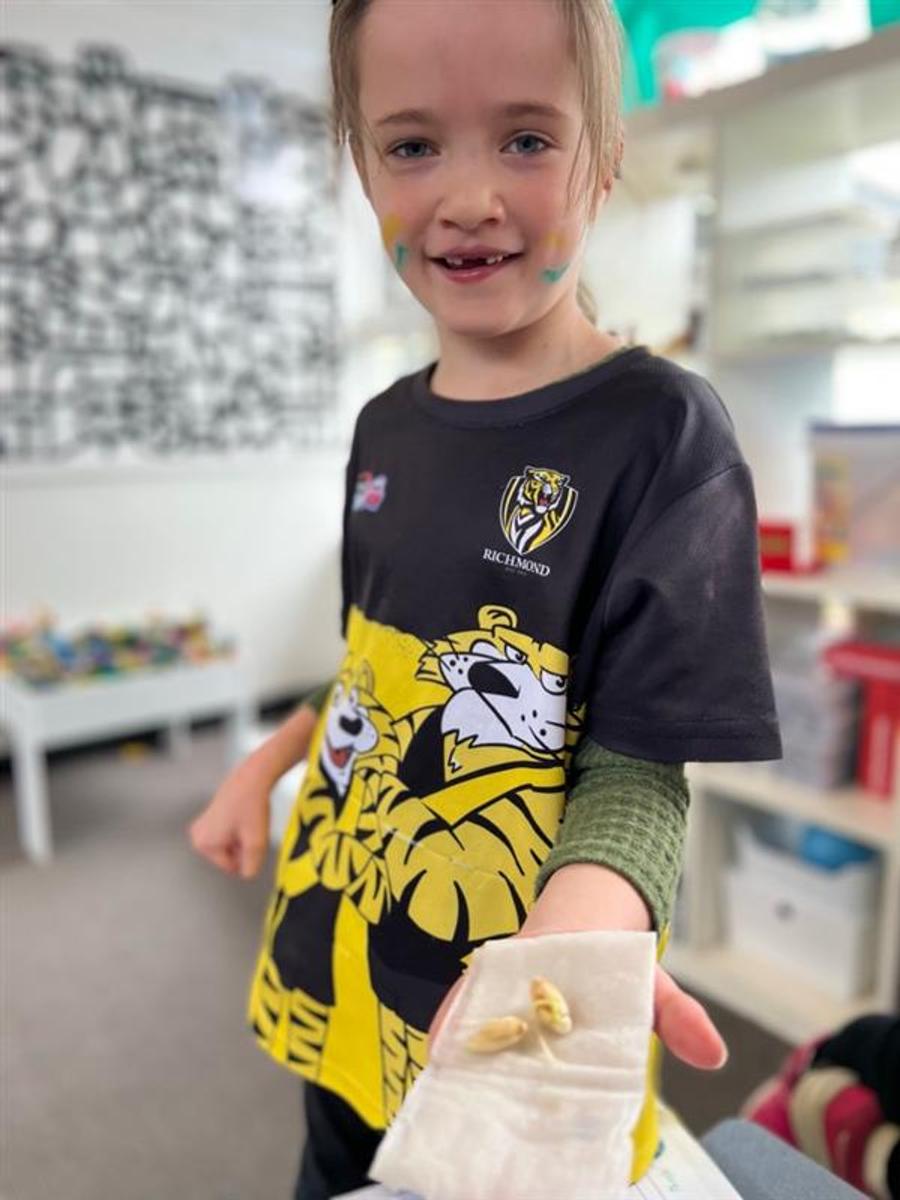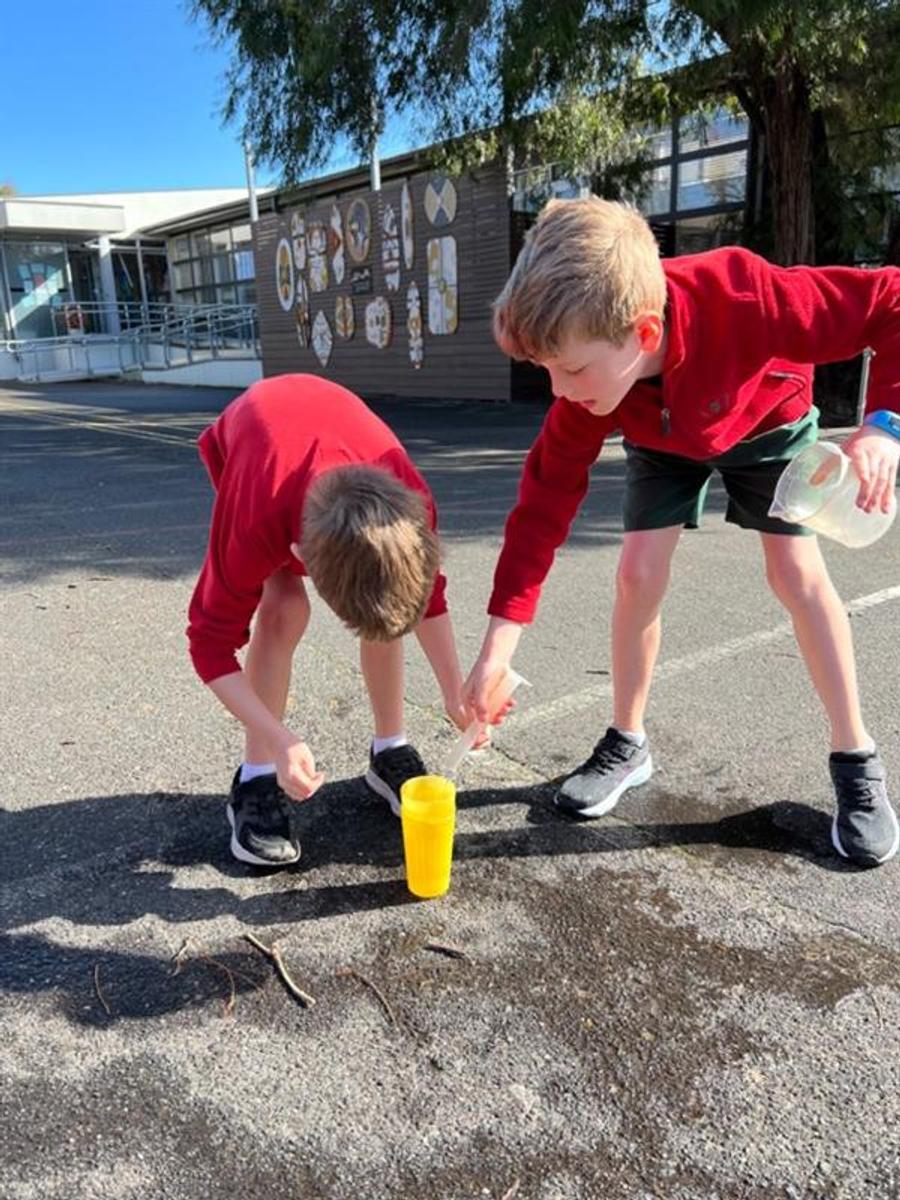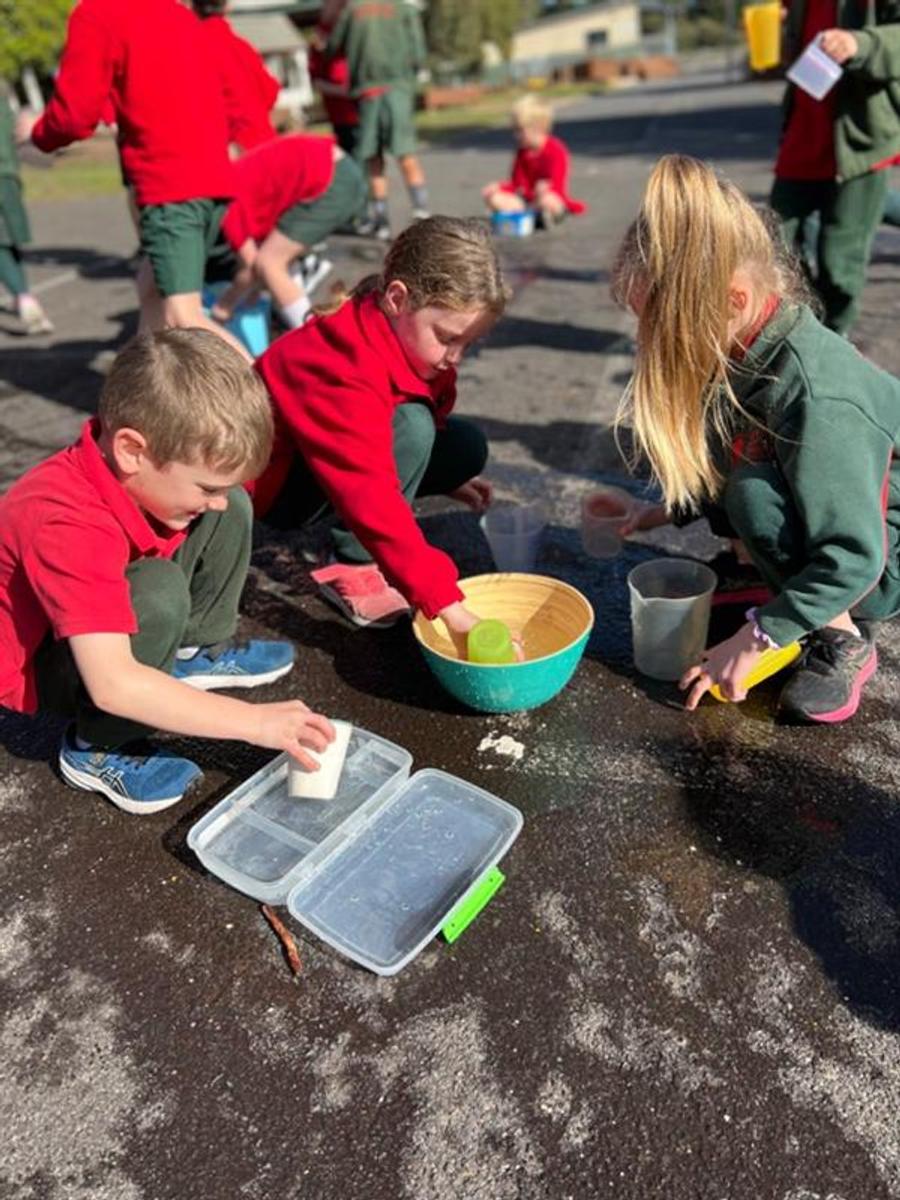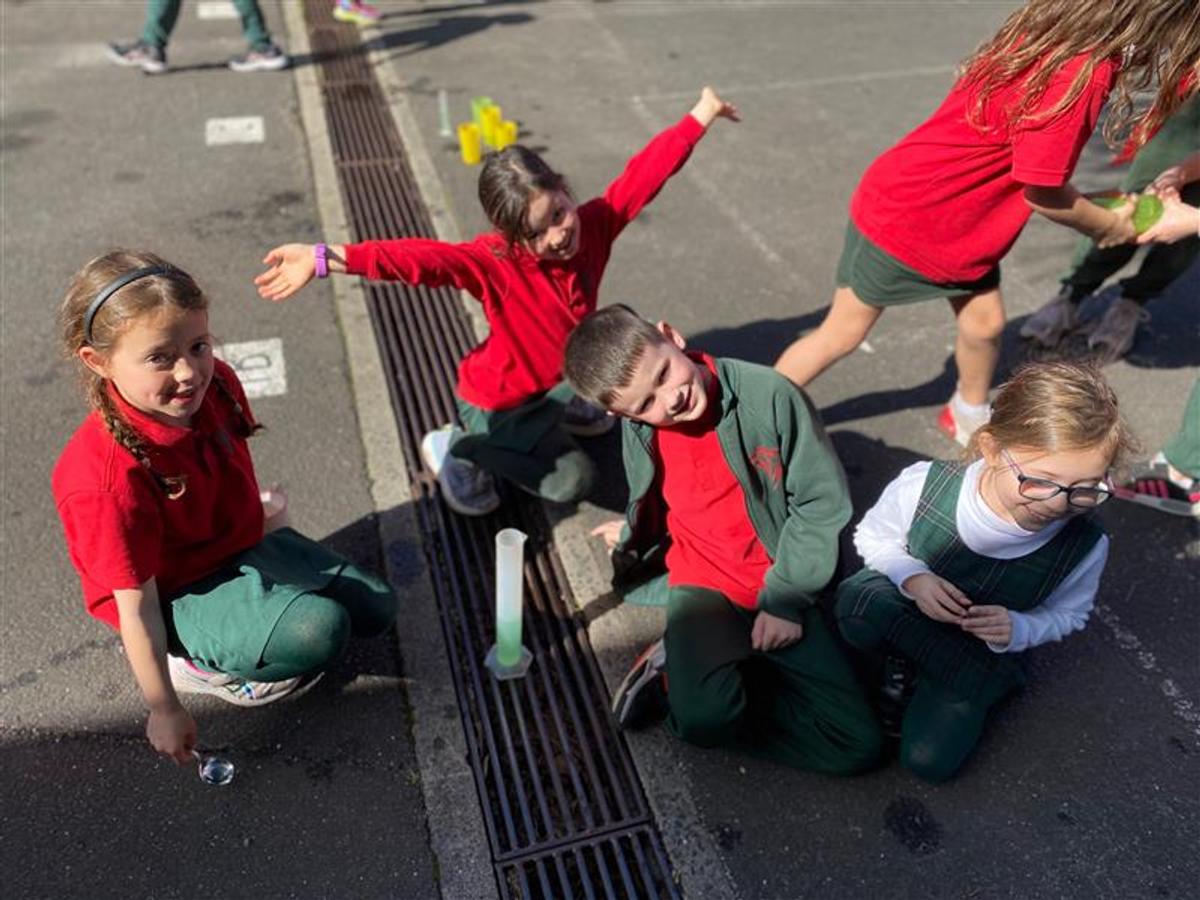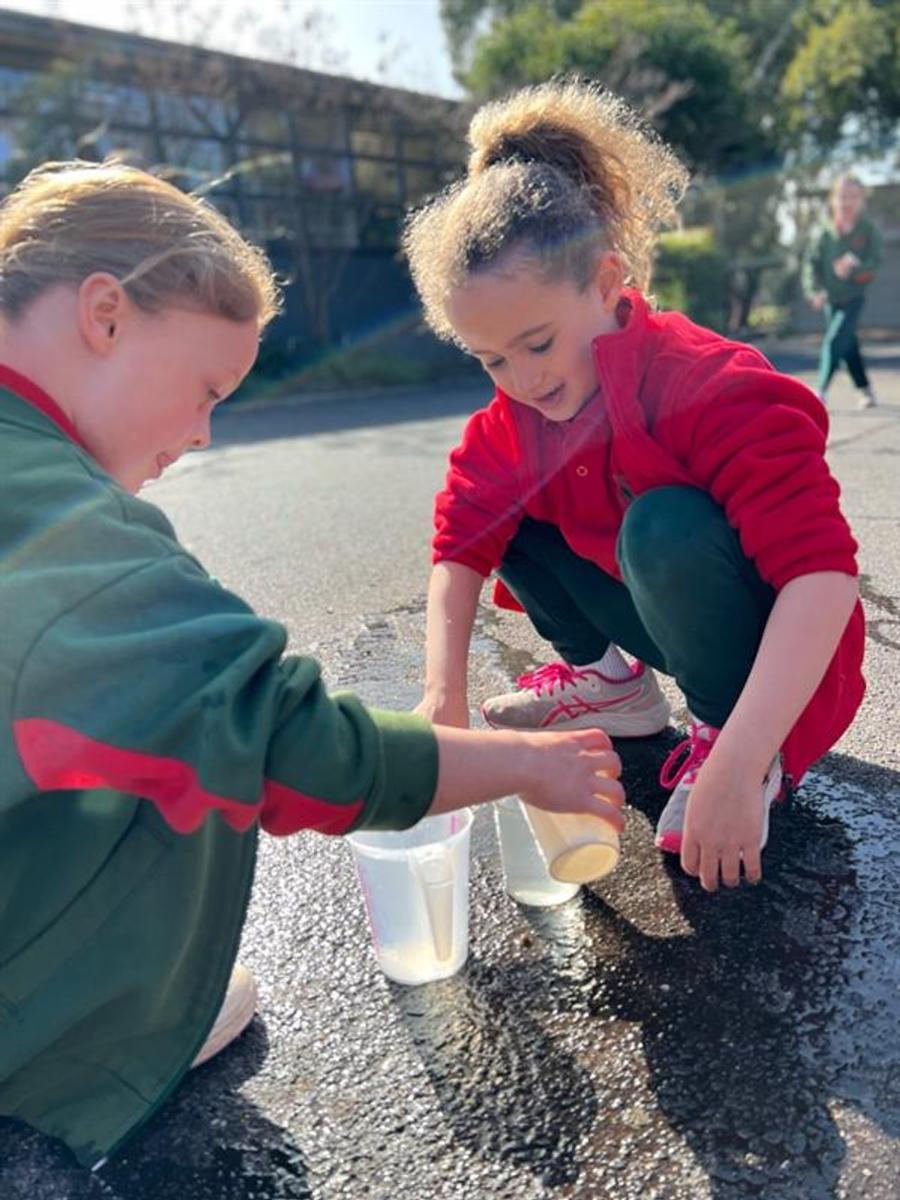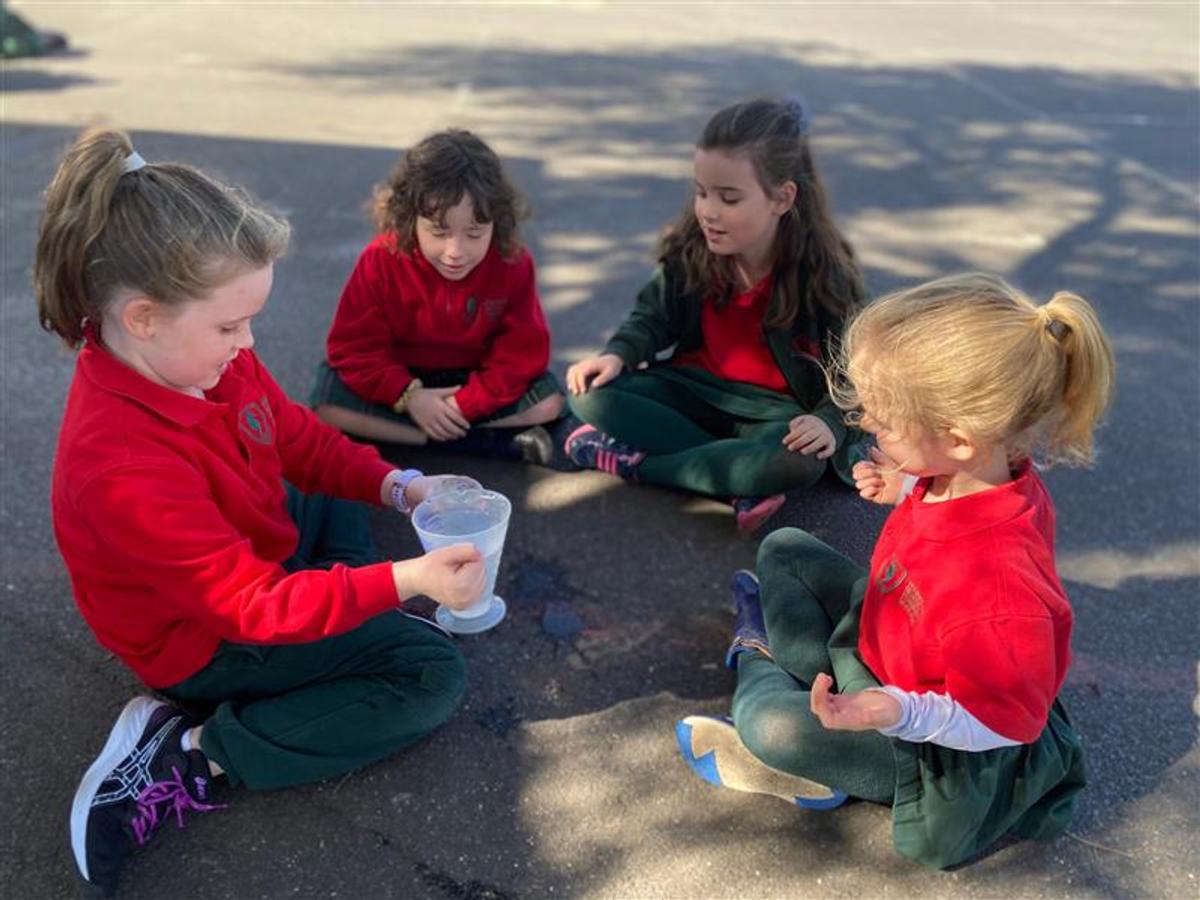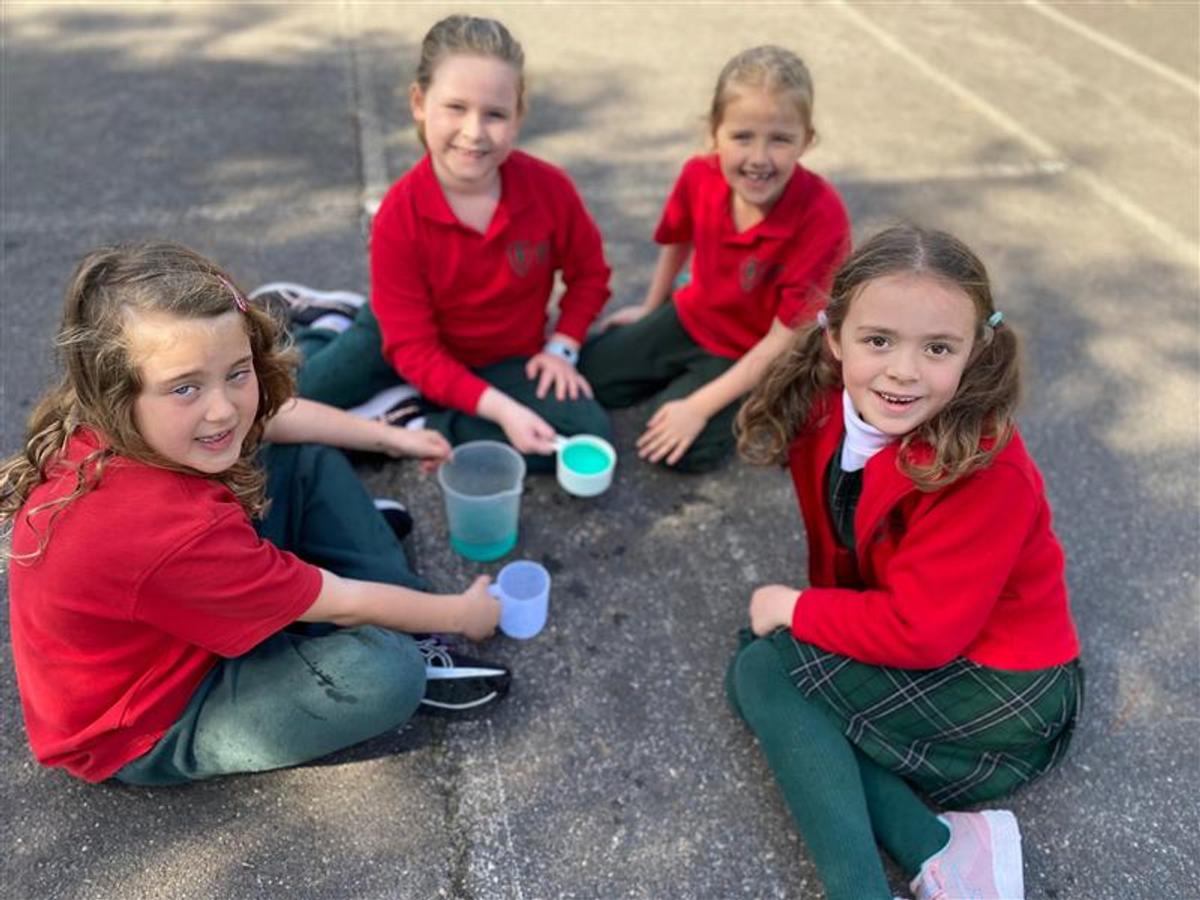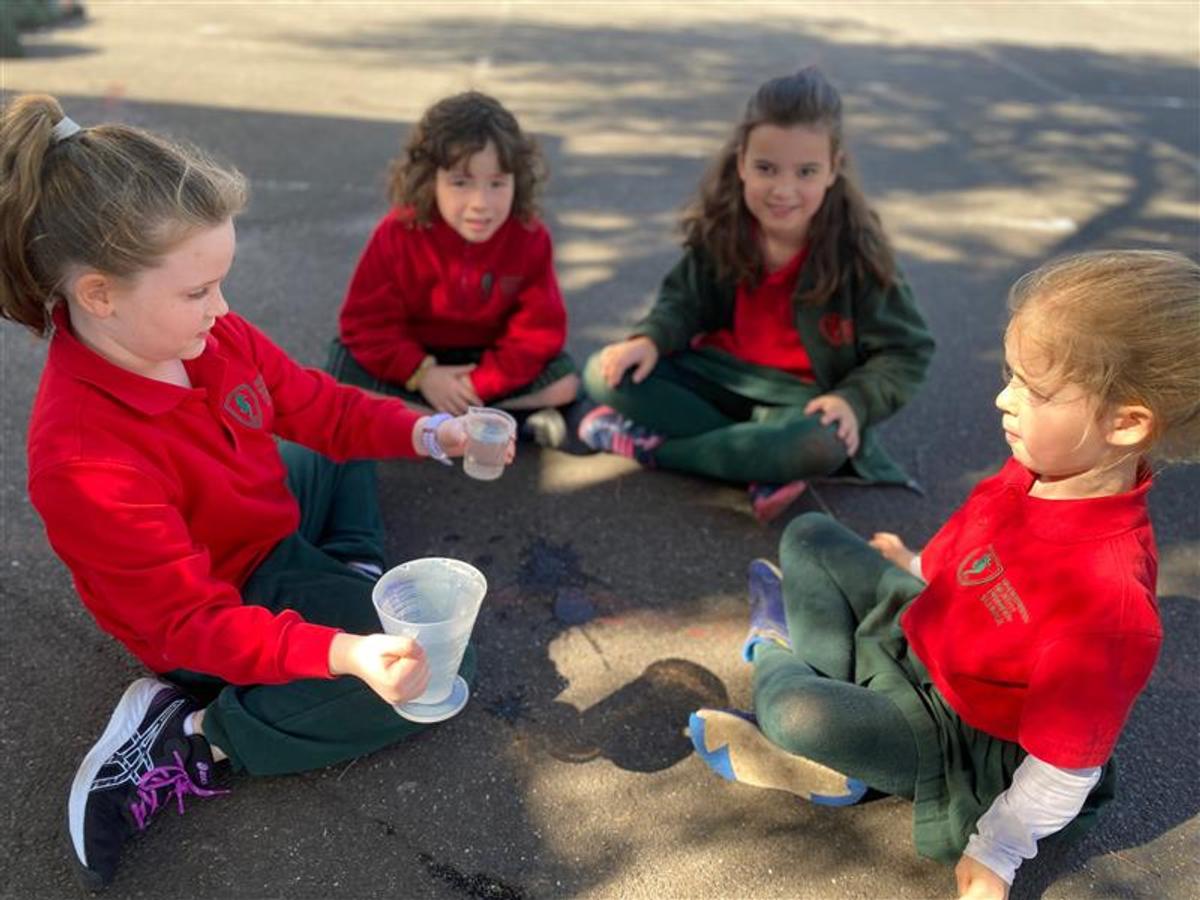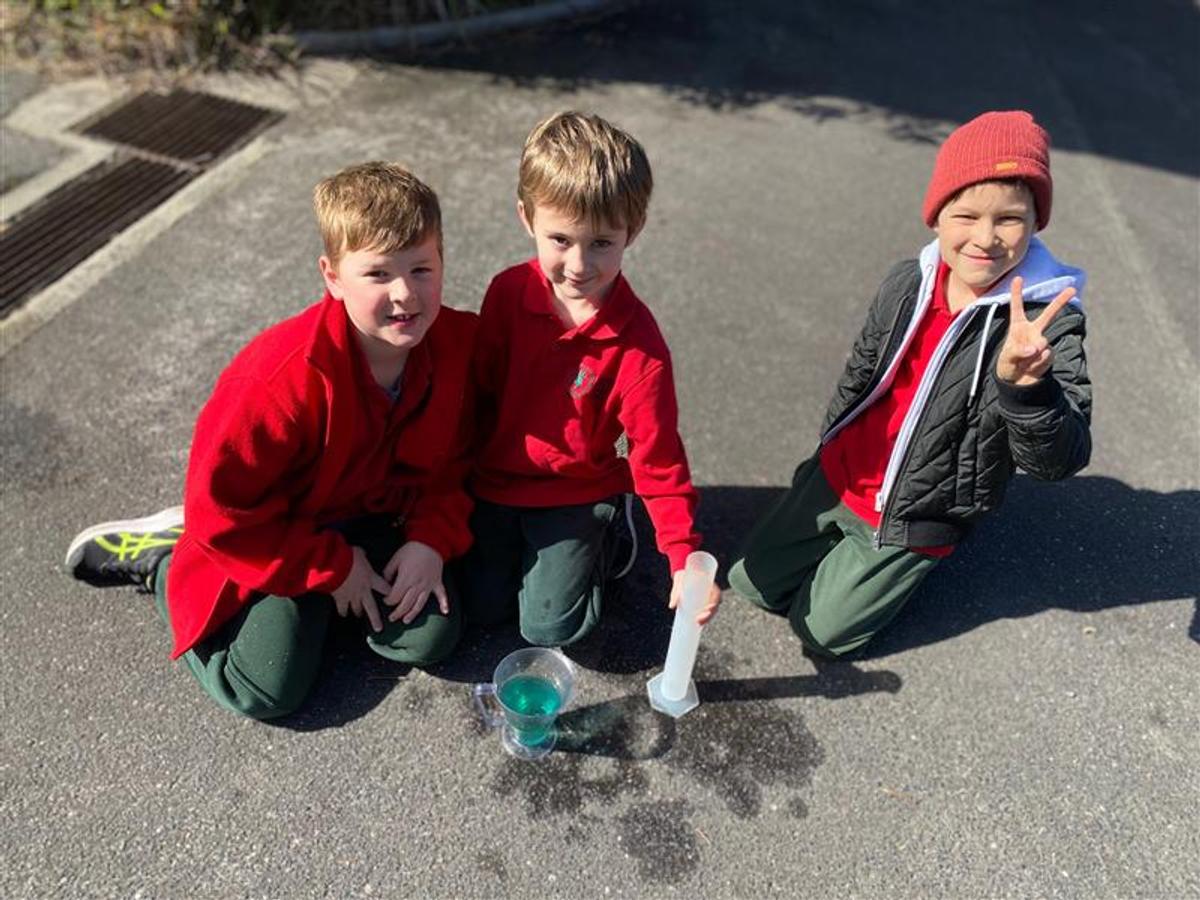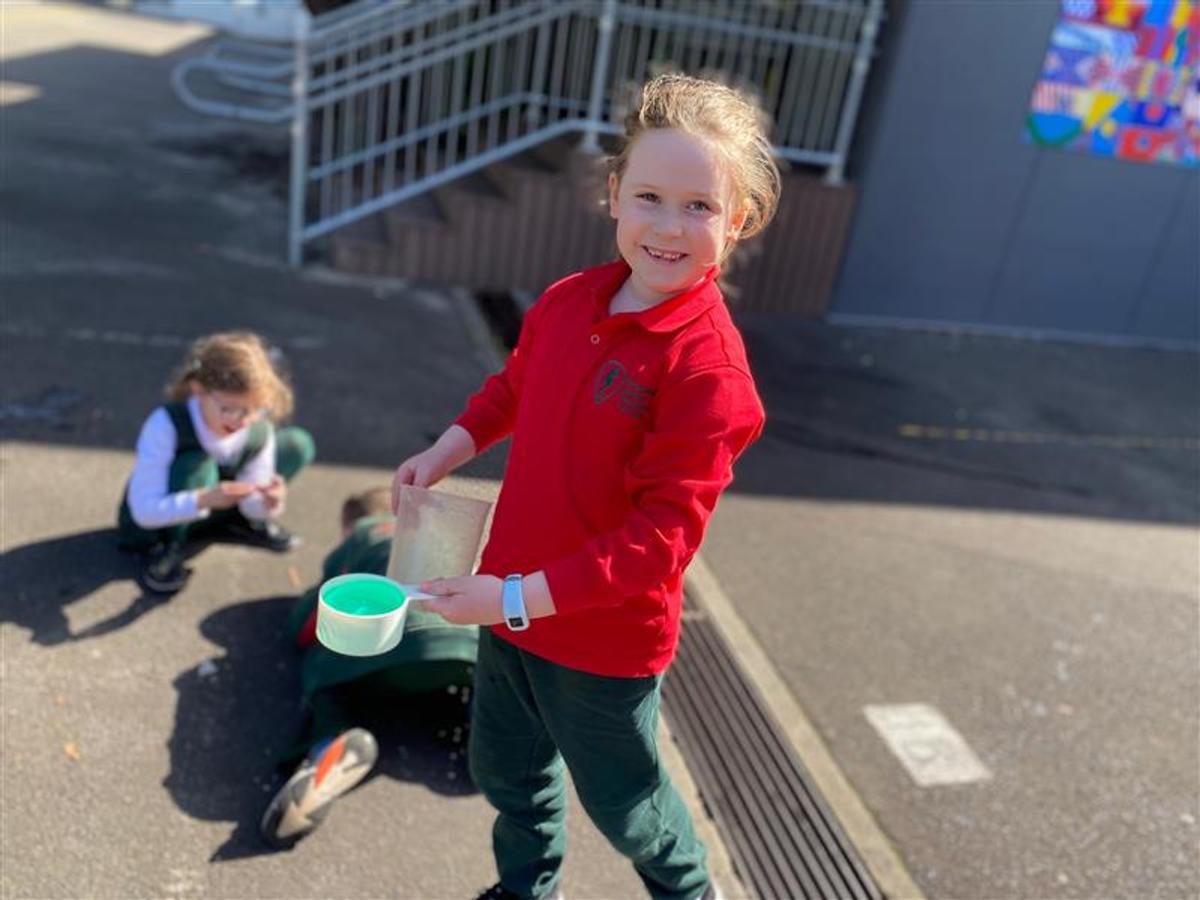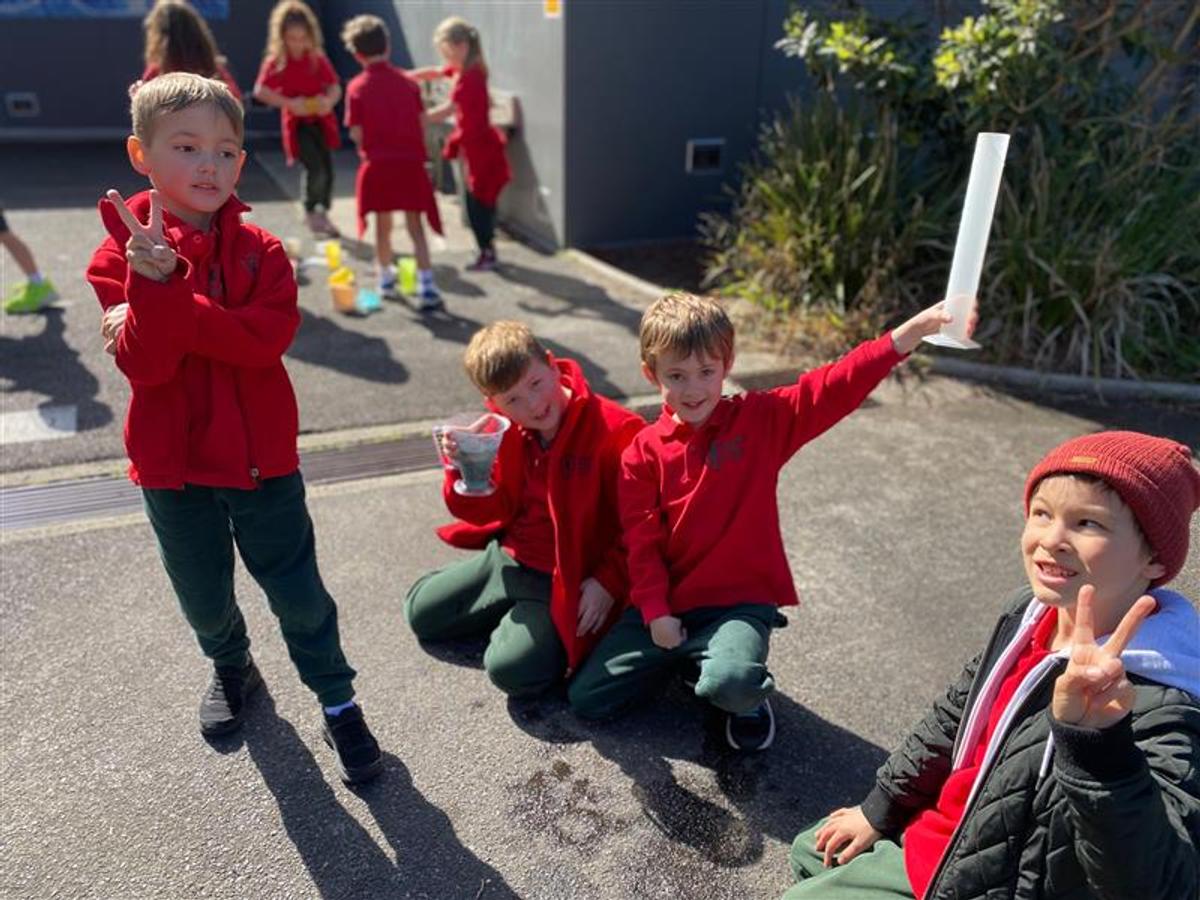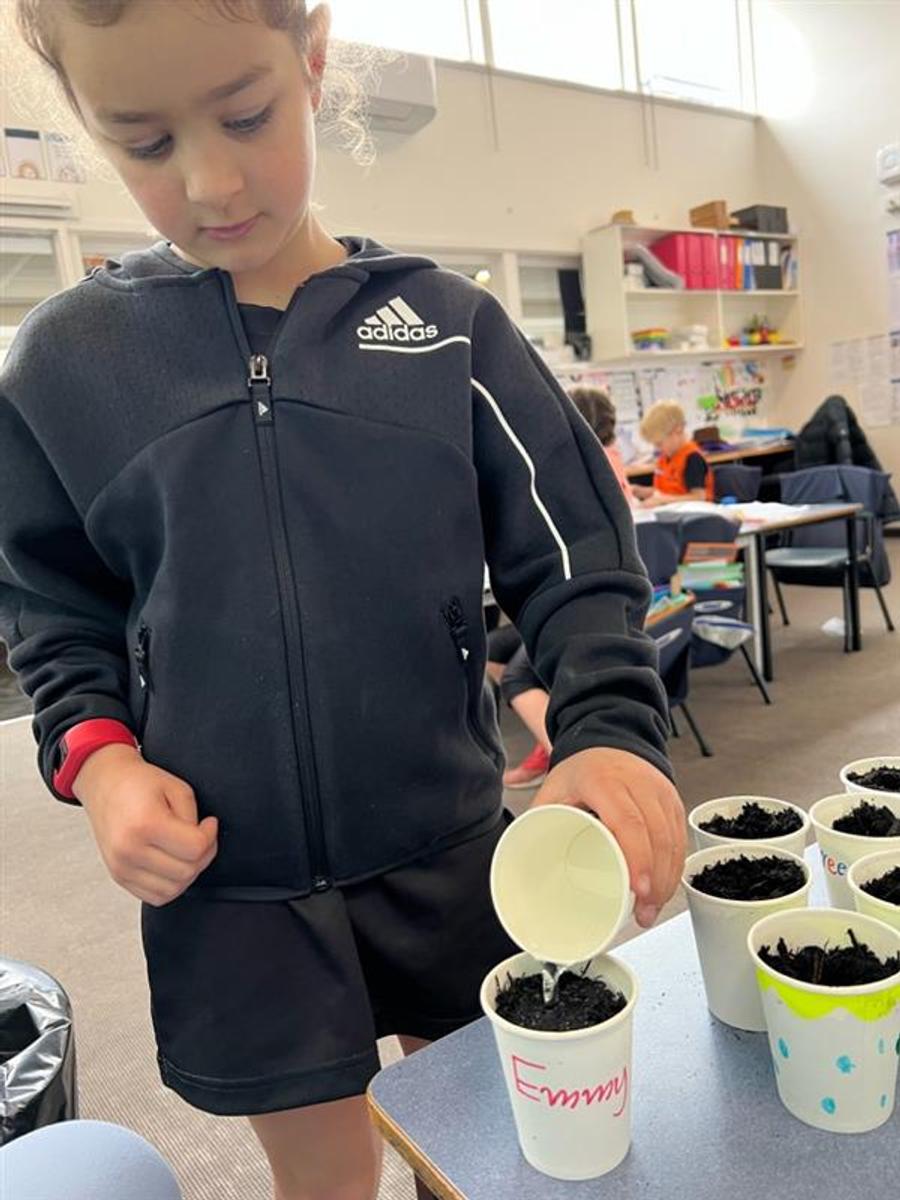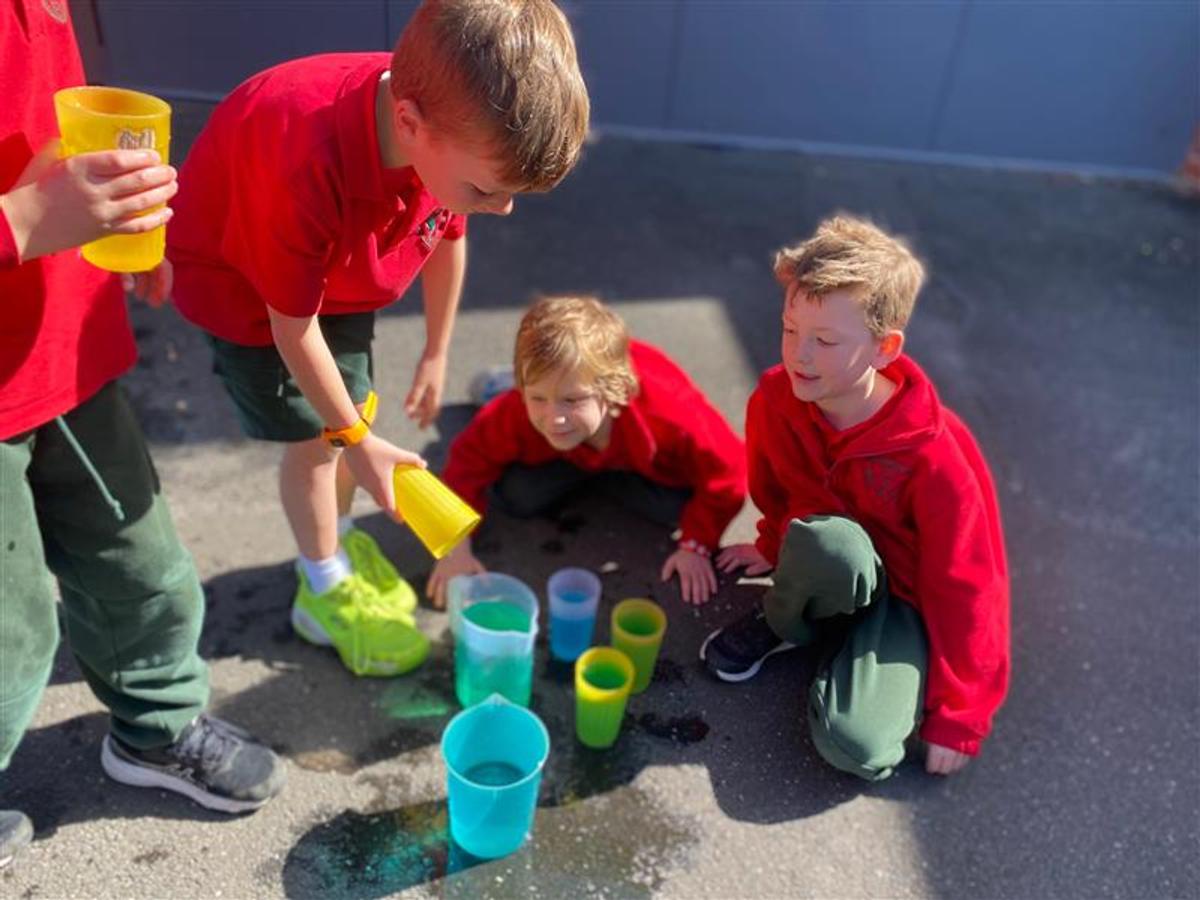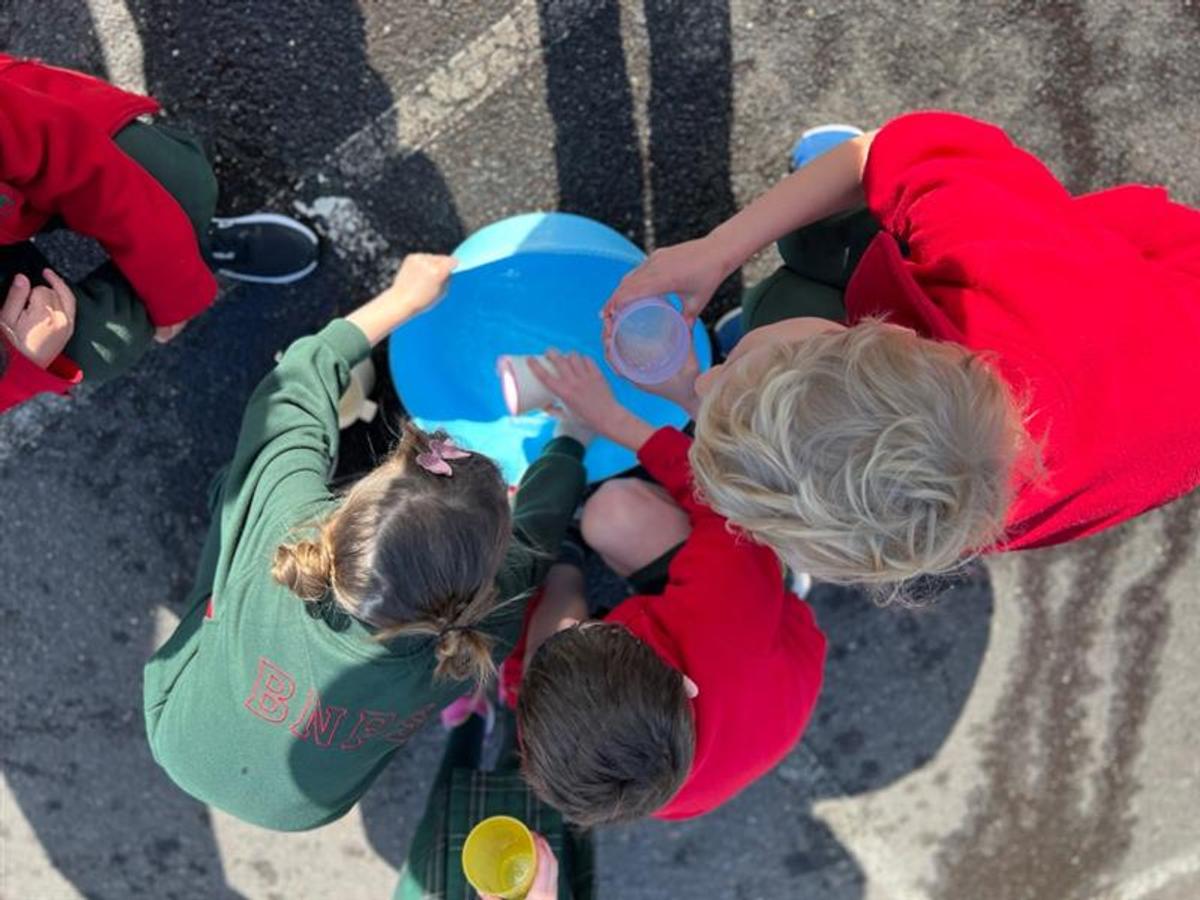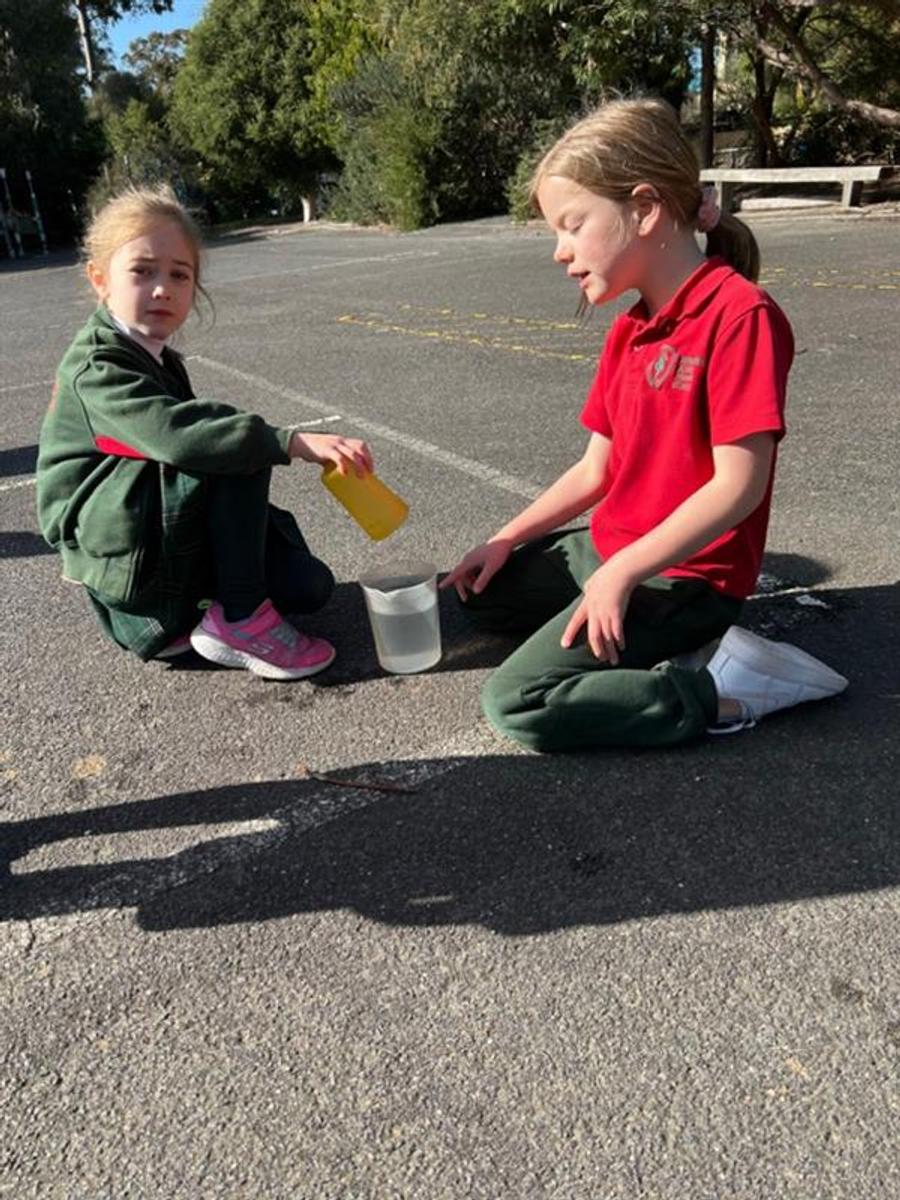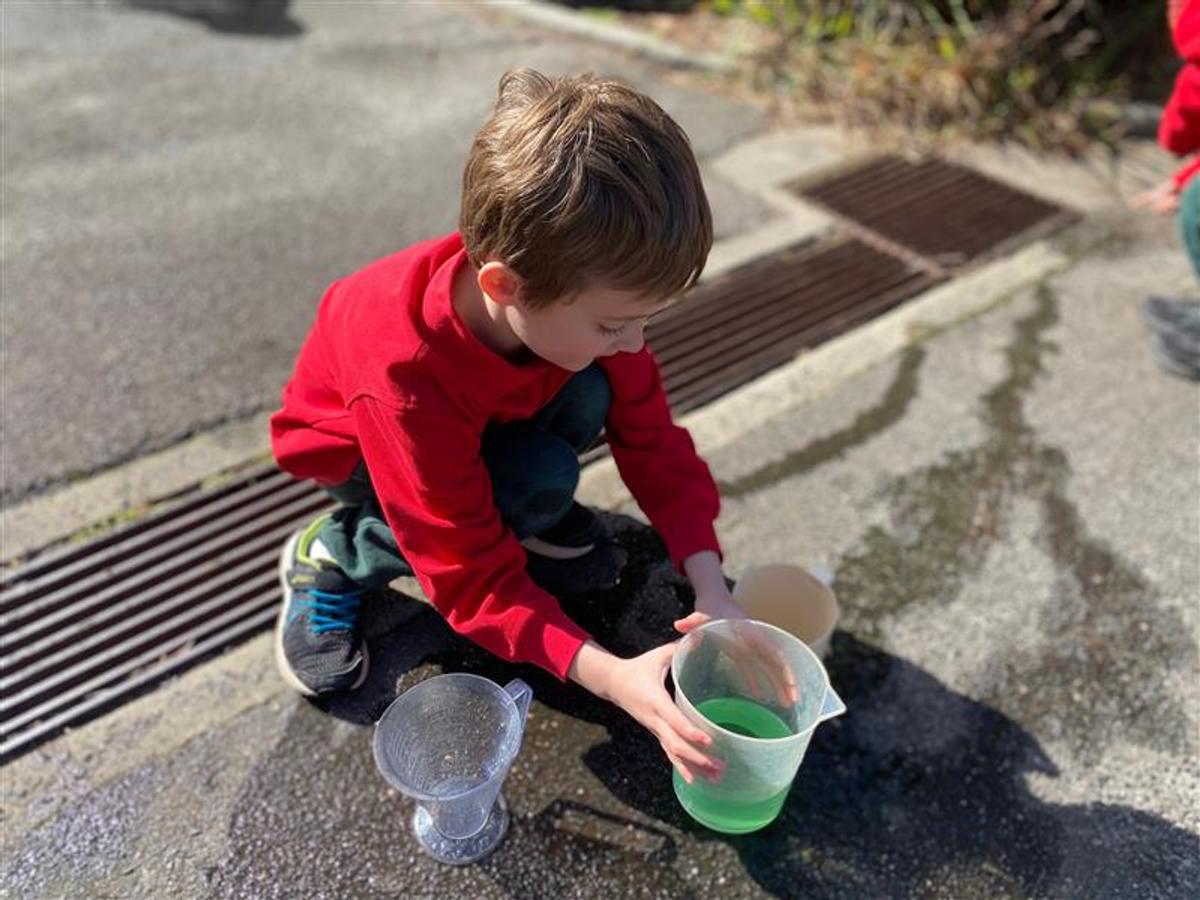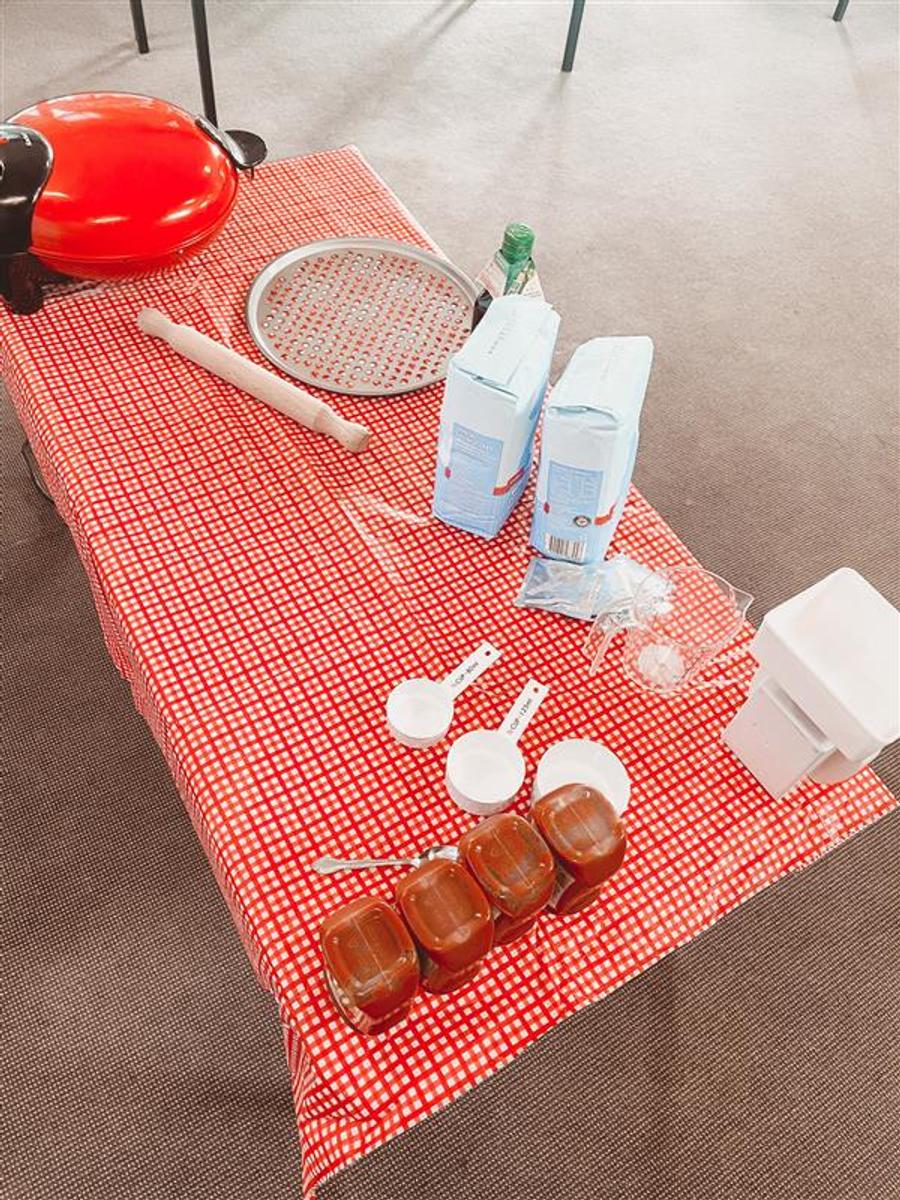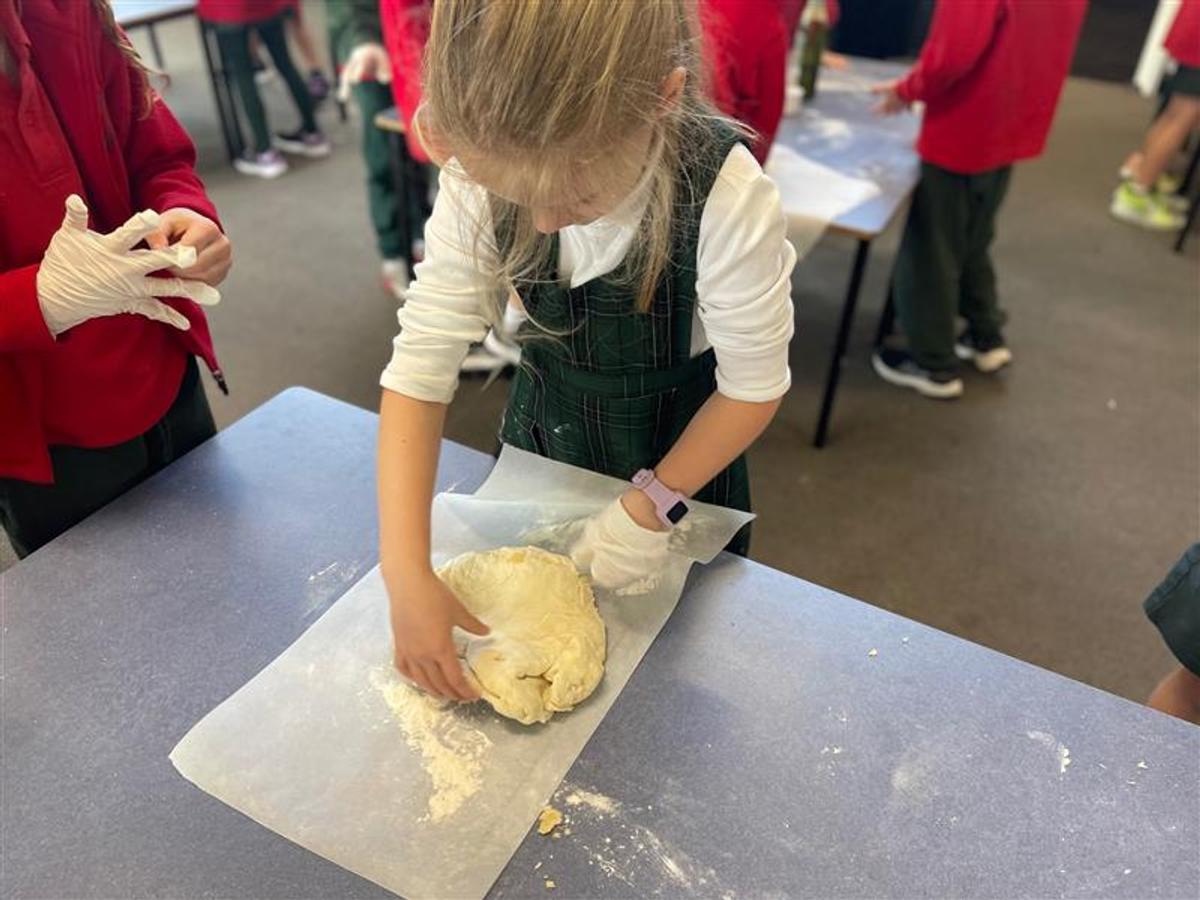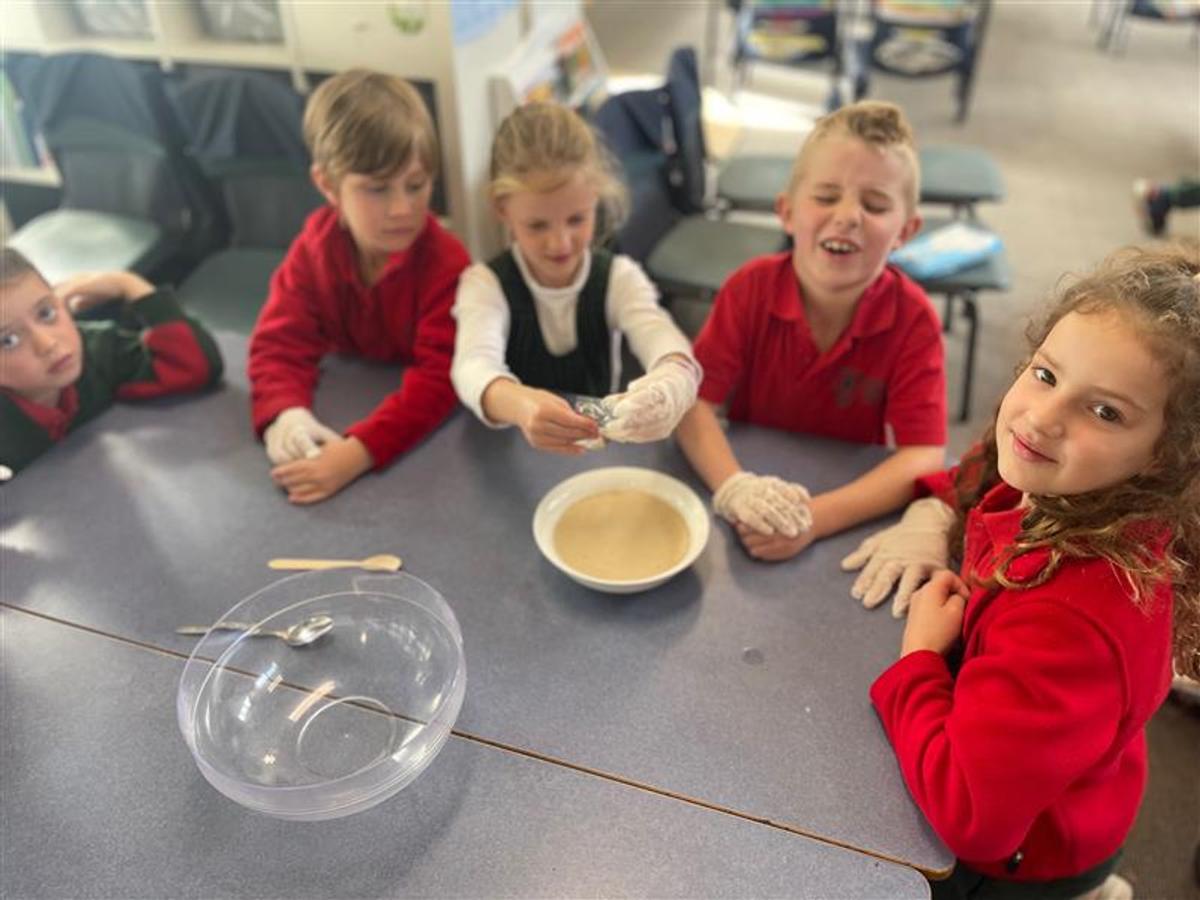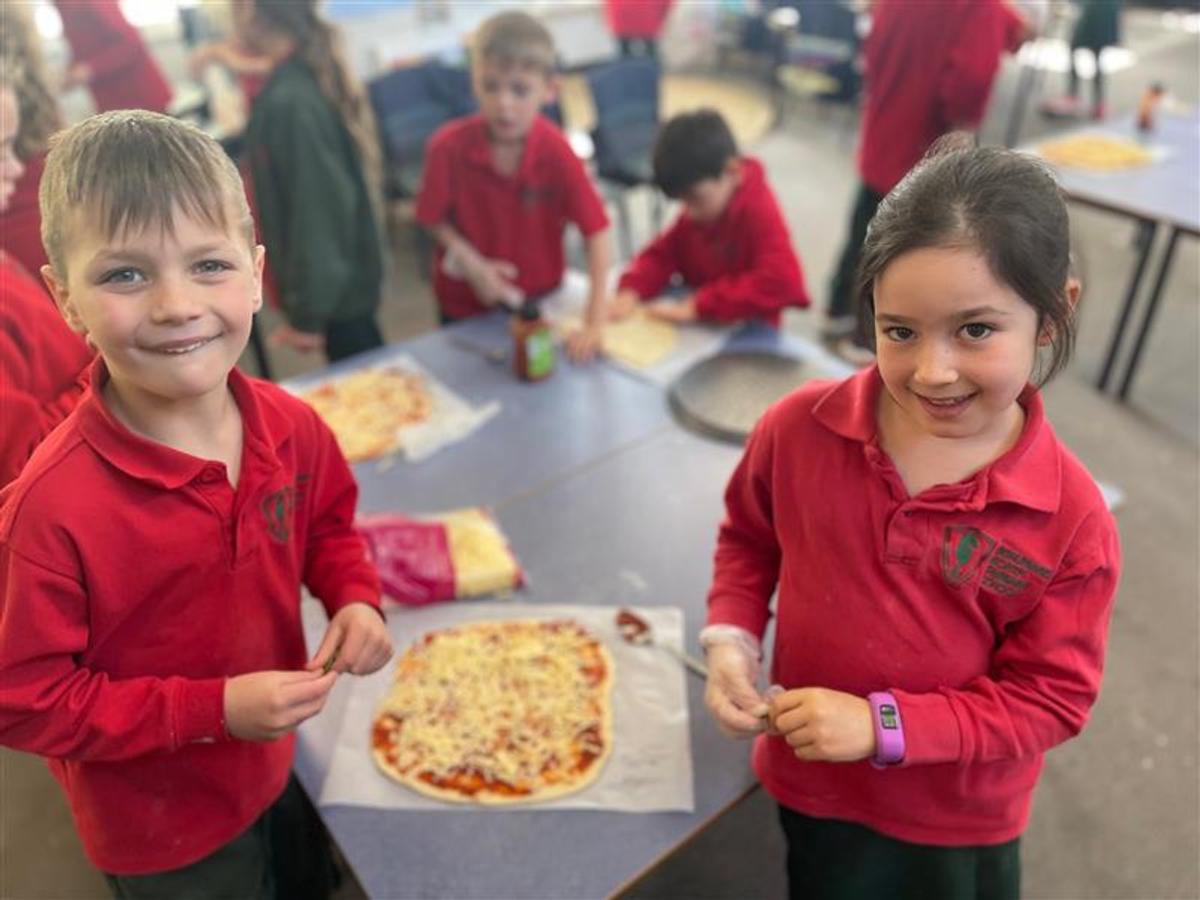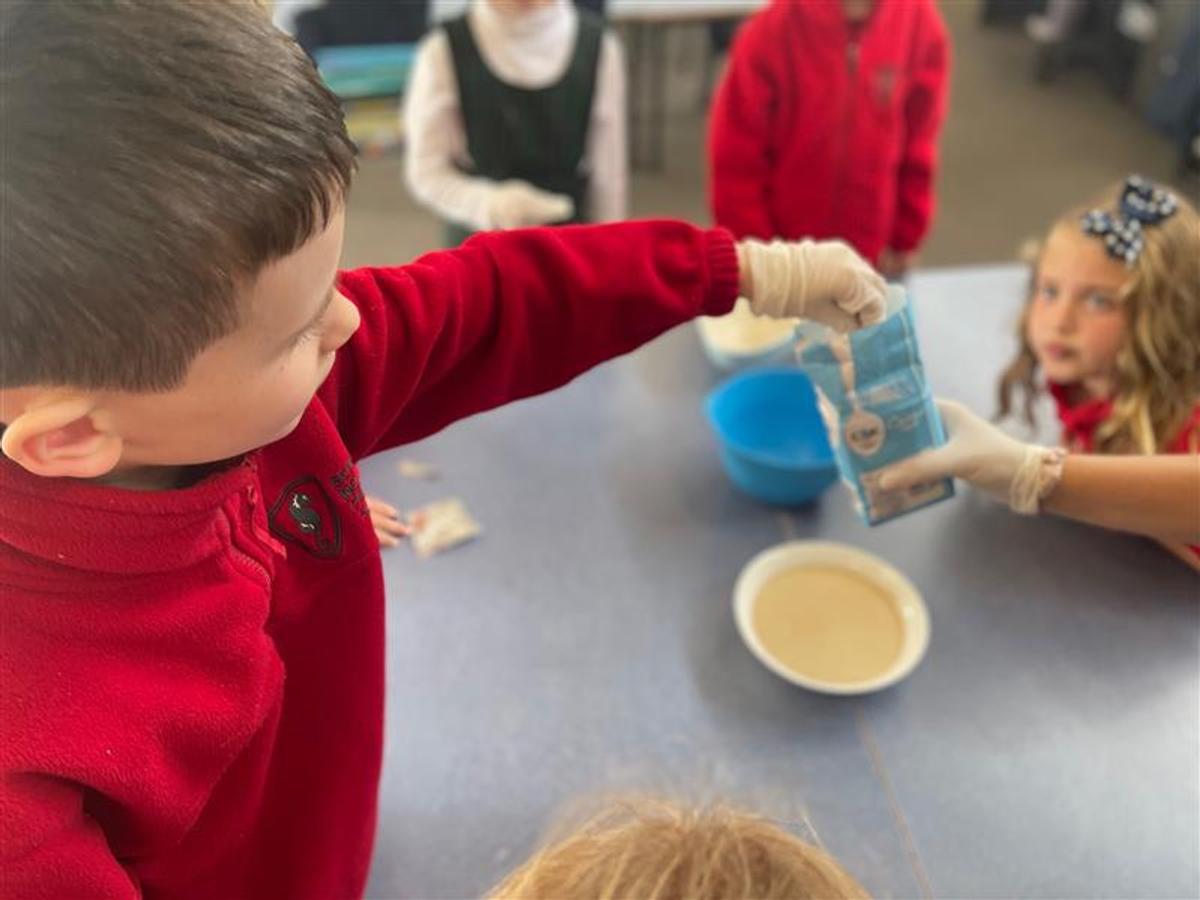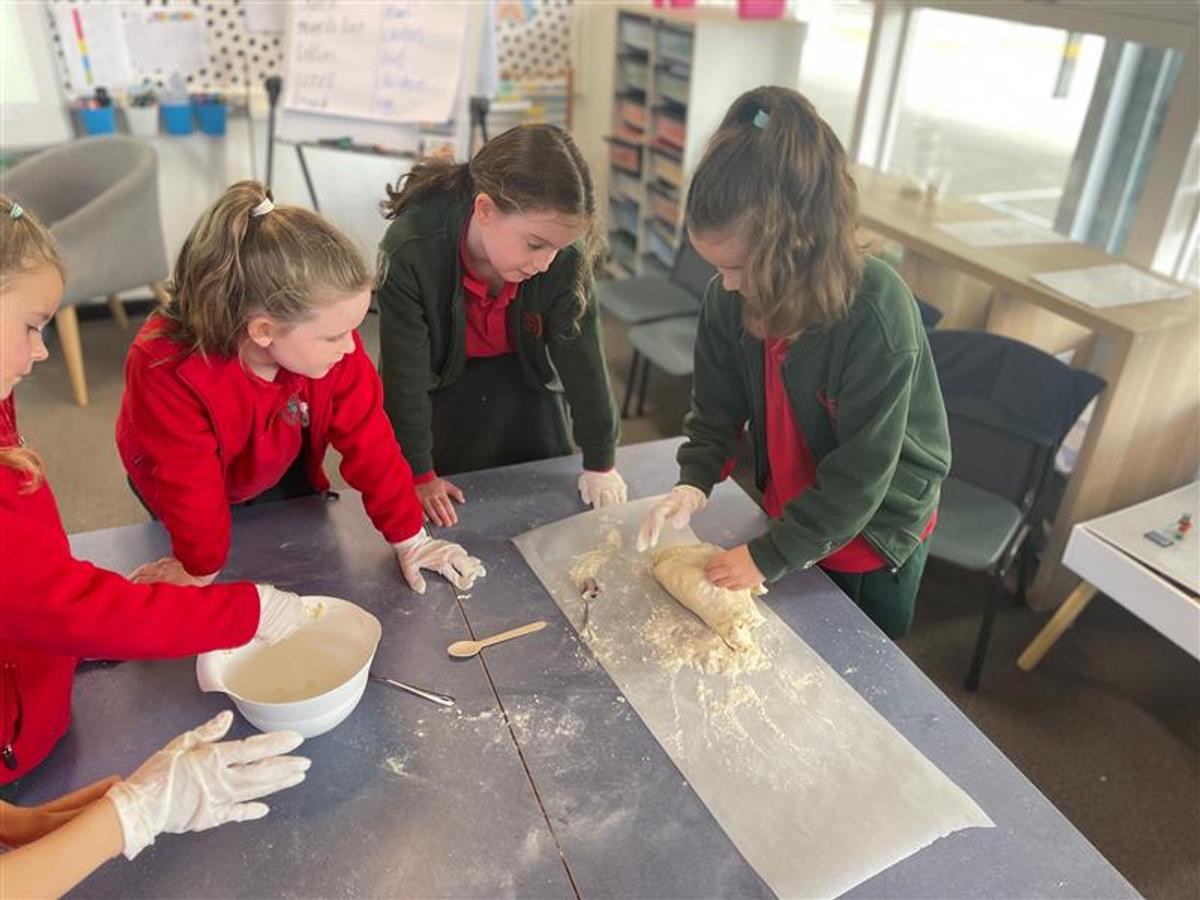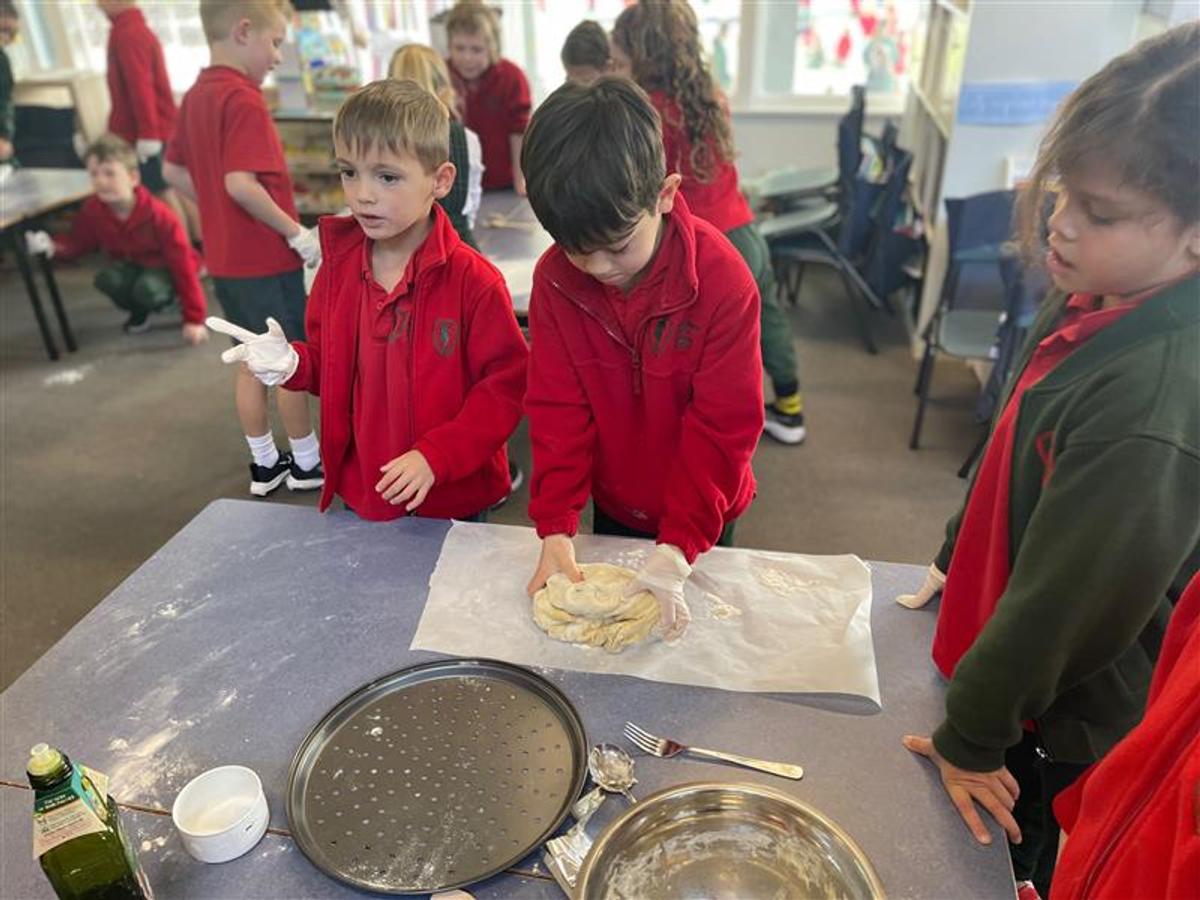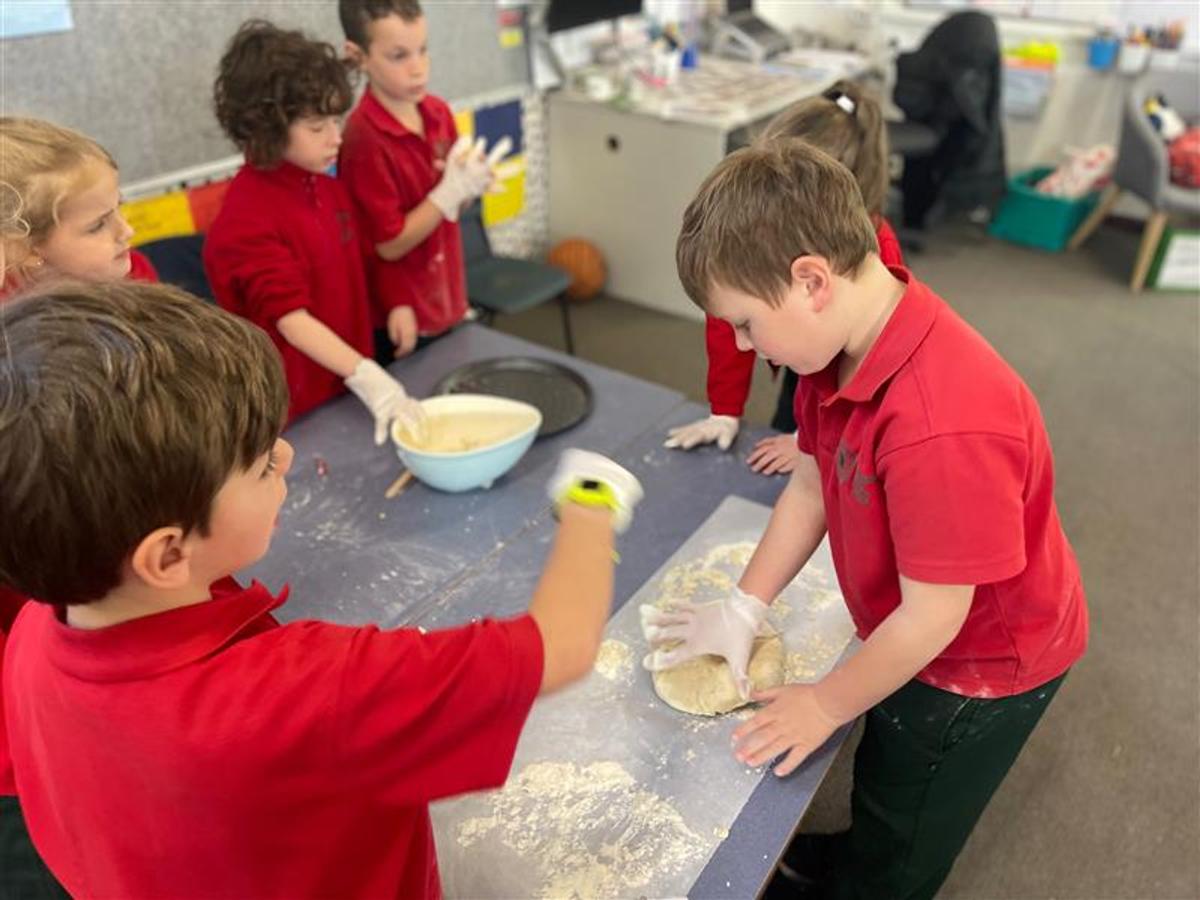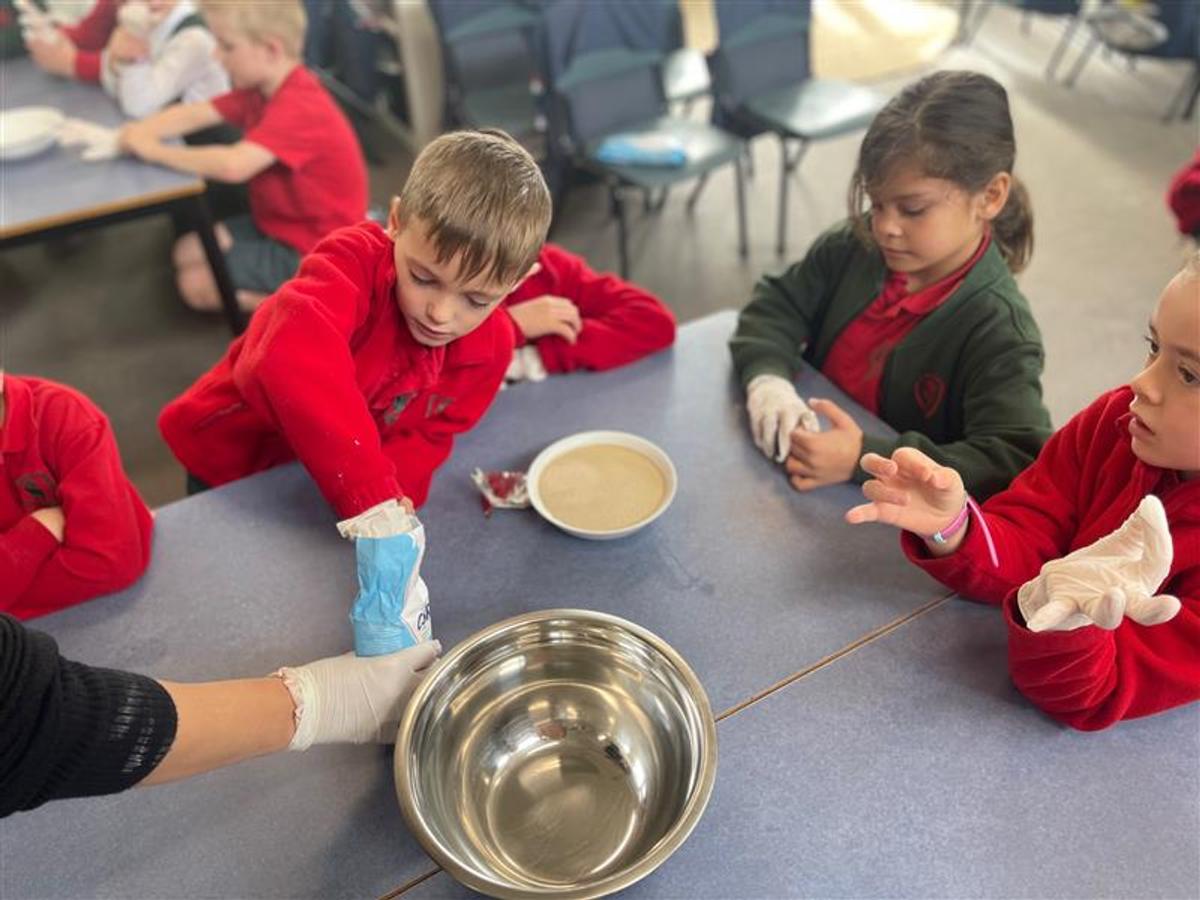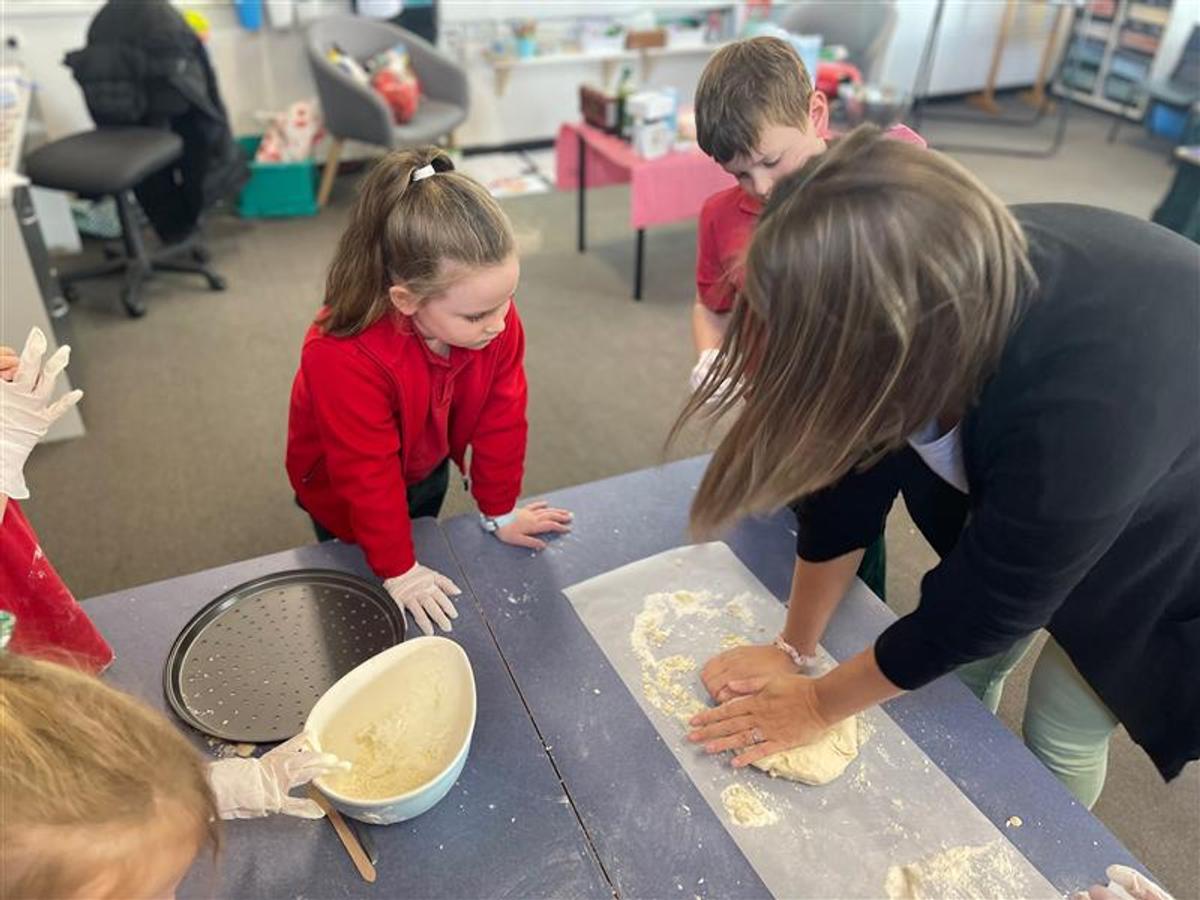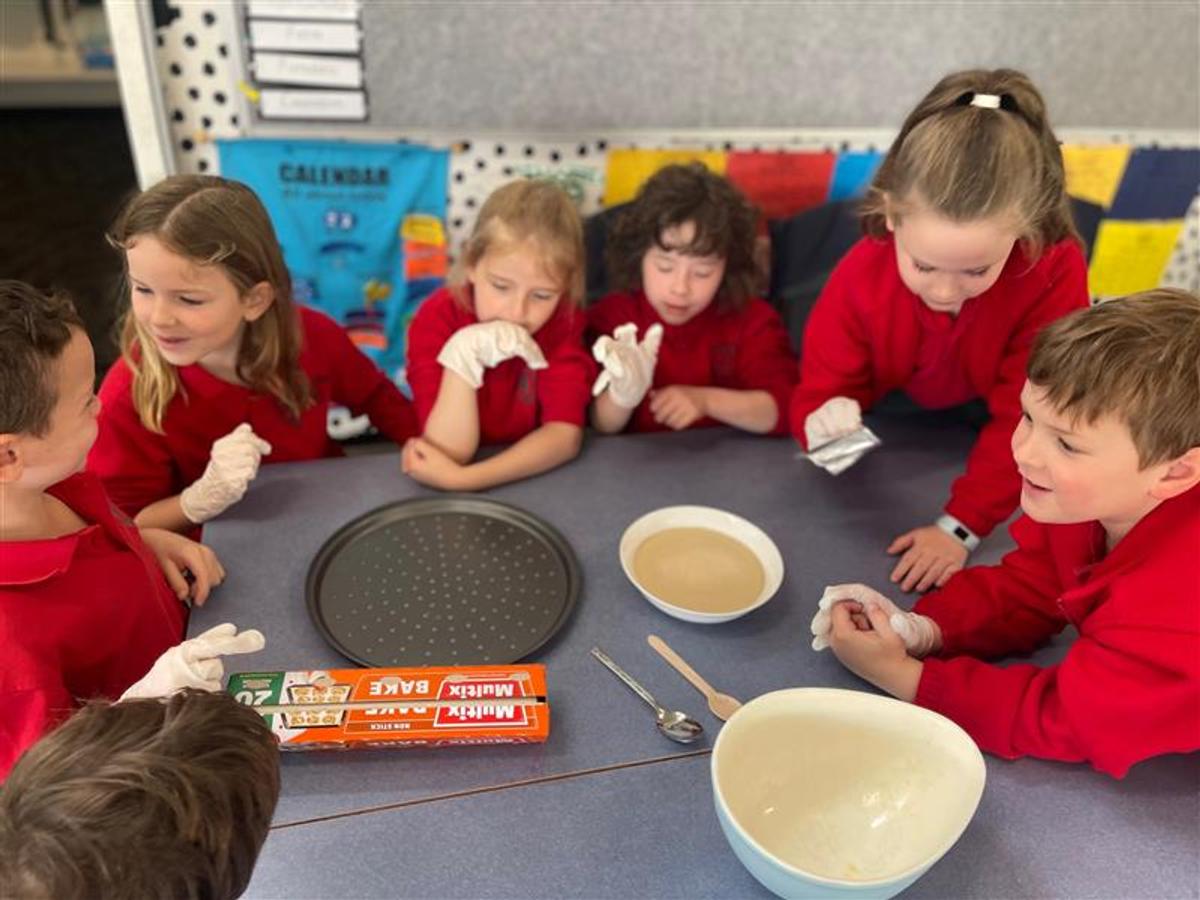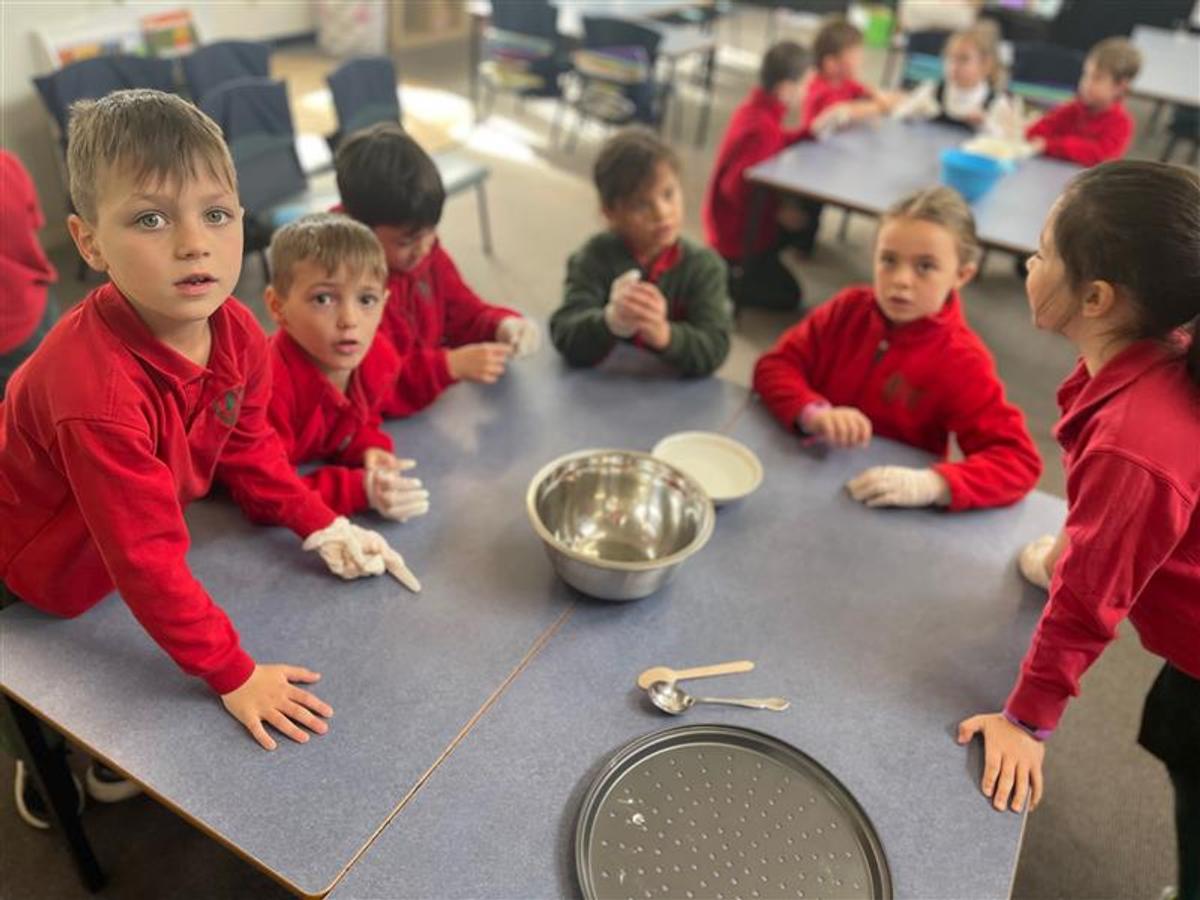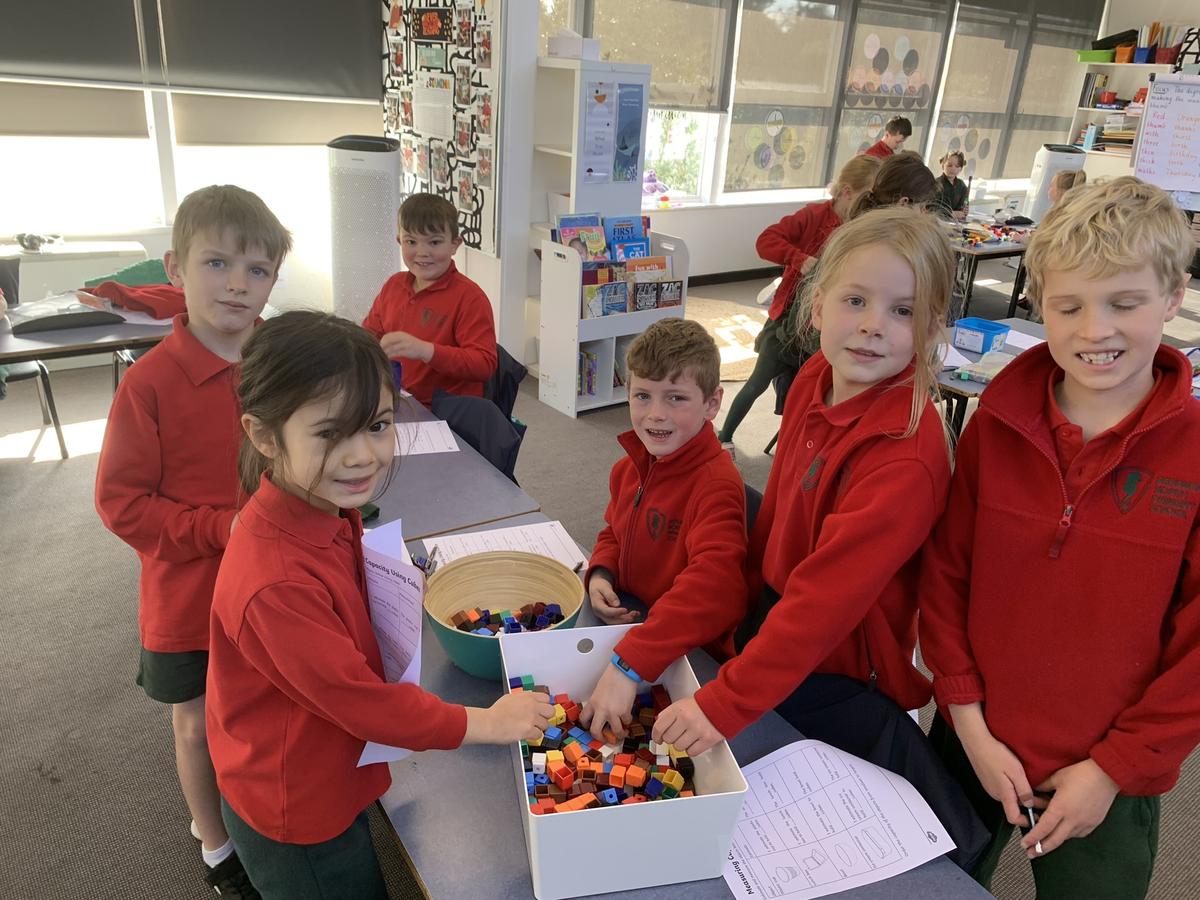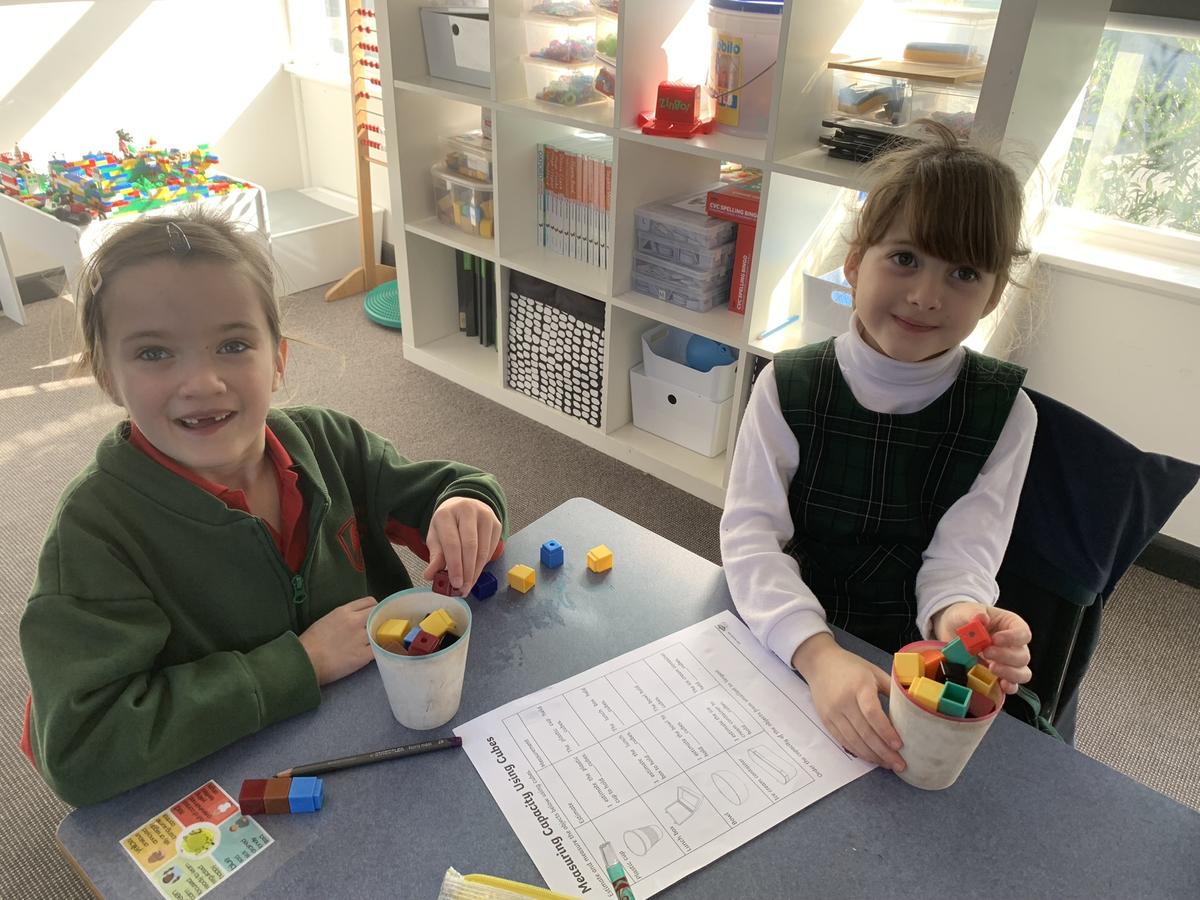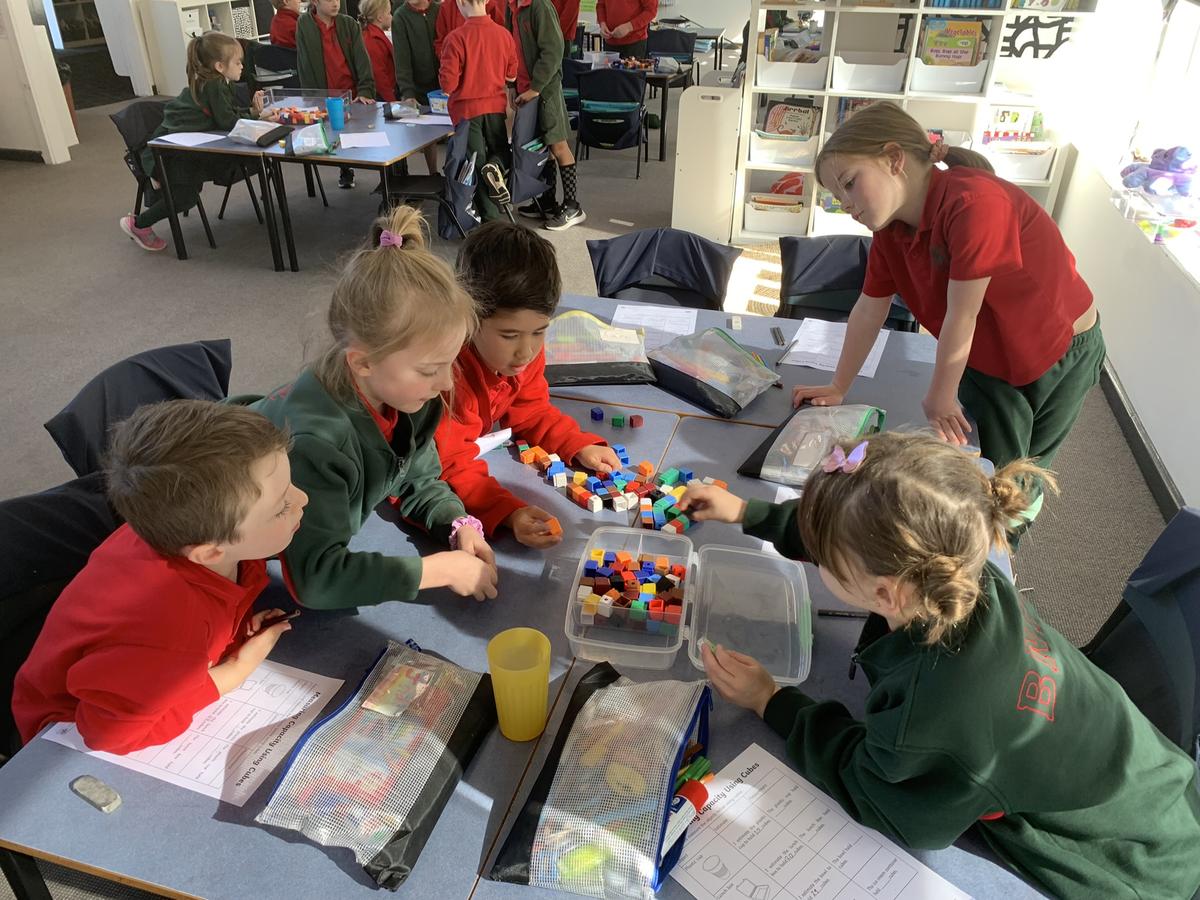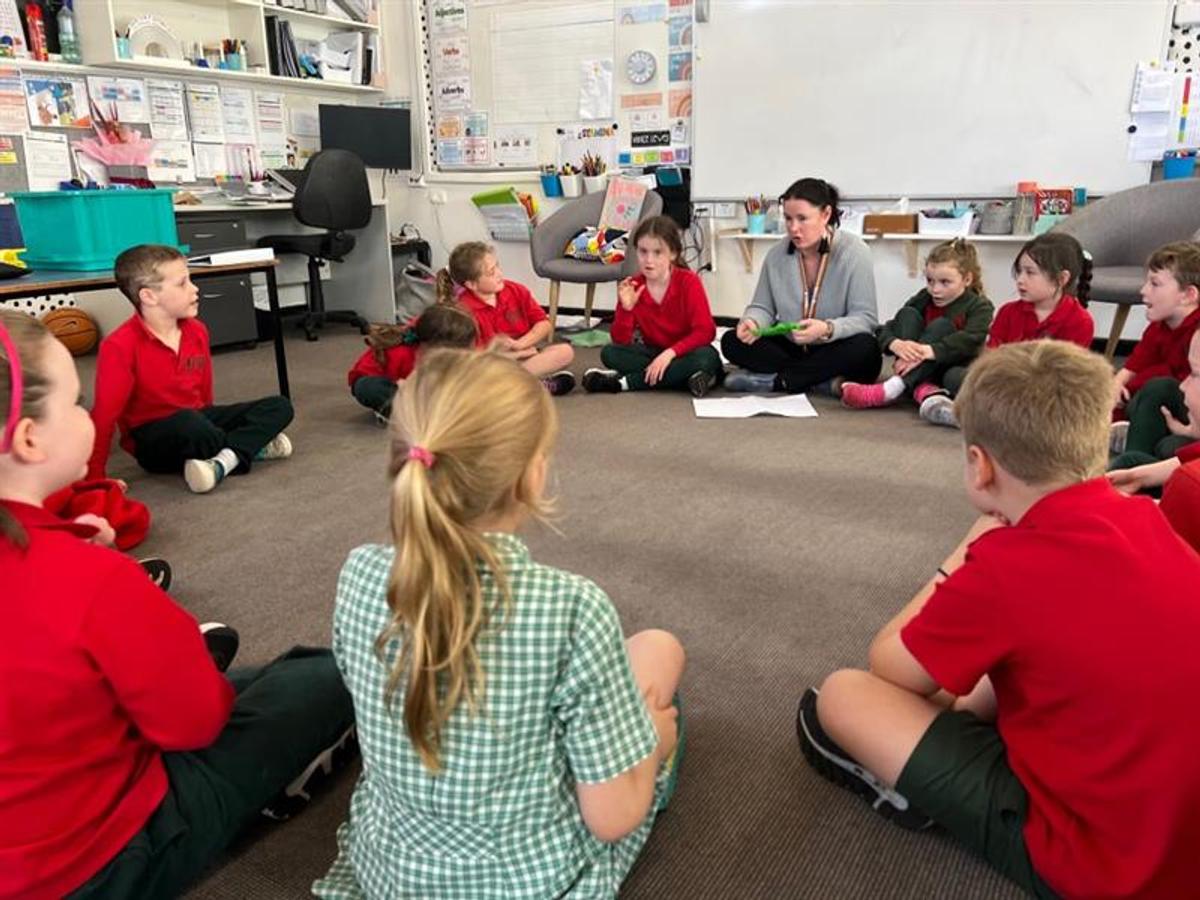Year 1 News

Inquiry
Germination & Seed Planting
Who needs a Farmer’s Market when you have a mini greenhouse in your classroom?
The students inquiring minds have led us down the track of looking at the process involved in growing plants from seed. The children had many wonderings at the onset of our Unit of Inquiry, exploring ‘Food Goes Through Many Stages of Production Before Reaching Us’, including Aria’s “Where do the packets of seeds come from?”, “How are strawberries grown?” by Phoebe W and Estelle’s “How does fruit get to the shop?”.
We have included focused guided reading activities within our literacy lessons, which have helped to explore many of the children’s wonderings, with mentor texts including “Just a seed” and “Bean Plant Lifecycle”.
A fortnight ago the children learned how to germinate a seed. We followed the process to create a mini greenhouse, germinating bean seeds in a plastic bag on the classroom windows, our “Germination Station”.
The children are completing a weekly diary where they are tracking the growth of the plant. This has tied in beautifully with our measurement lessons. Last Friday the children happily planted their germinated seeds into soil and were thrilled to see the majority had grown into seedlings over the weekend.
The children are very excited about the prospect of bringing home their bean plants at the end of term, to share with their families. We have high hopes that they will be fruitful plants!
Alongside our Mini Greenhouse, the children have also partaken in a planting experiment, growing seeds under a range of variable settings. As a class, we have experimented and made predictions about which variable/s will be successful in growing a bean plant.
- Water and sunshine
- Water, no sunshine
- Sunshine, no water
- No water or sunshine
Pizza Making
Our Pizza Making Day gave our students the opportunity to continue to demonstrate their reading and mathematical ability as they volunteered to read aloud the ingredients, utensils and the method involved to create the pizza dough whilst discussing the different fractions that could be made when slicing our pizzas!
The students followed up their pizza making day by writing a review using descriptive language. We were impressed by the students’ ability to write creativity and enthusiastically about their experience!
Maths
Measurement and Capacity
Over the past few weeks the Year One students have been busy learning about Measurement and Capacity. We have been discussing when and where we use measurement, making strong connections to the use of measurement in their everyday lives.
Last week the students spent time inside and outside the classroom, experimenting with a range of different common household containers and applying their new knowledge of measurement to estimate, calculate and compare their capacities. This unit is always a particular favourite of the Grade 1’s as it comprises many engaging, hands-on activities and opportunities to work their peers to problem solve.
Wellbeing Week
Yesterday we celebrated Wellbeing Week with four wellbeing rotations ran by the Year One Team and Mrs Patane (Wellbeing Leader).
Mrs Patane introduced "The Grab and Go Circle Time Kit" by running a 30 minute Circle Time session. Circle Time is a fun and interactive way for teaching Restorative Behavior practices to young children.
Mrs Morrison showed a video titled "My Body. What I say goes!" The children then discussed with Mrs Morrison, different signals our bodies provide us with, to let us know when we are feeling safe (calm, relaxed, smiling) and unsafe (butterflies, panicking, sore tummy). The children completed a work sheet to demonstrate their knowledge.
Mrs Plum and Mrs Horler took the children outside to play 'The Hoop Game'. The 'Hoop Game' encourages teamwork as well as a sense of belonging and fun.
Ms Maddison read the story "The Playground is like a Jungle" and discussed behaviors that make playing outside positive and behaviors that make playing outside negative. The children engaged in lots of conversation about how we know if people are feeling good and how we know if people are feeling bad. The children discussed body language that let others know that they are either feeling good and those that show they aren't feeling good.
We had some constructive conversations about what to do when we aren't feeling good in the playground. The children then completed a worksheet that they will be bringing home to share with their families.

